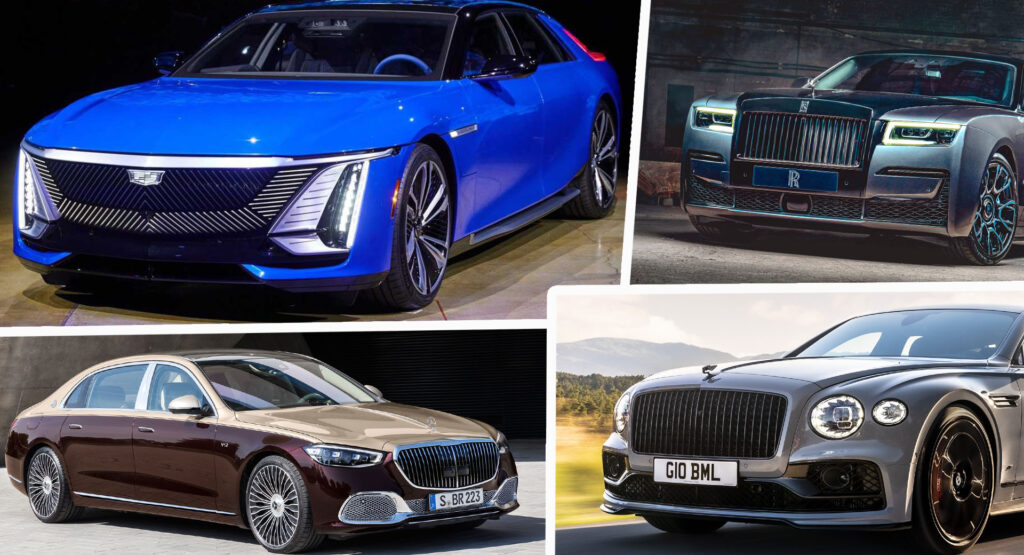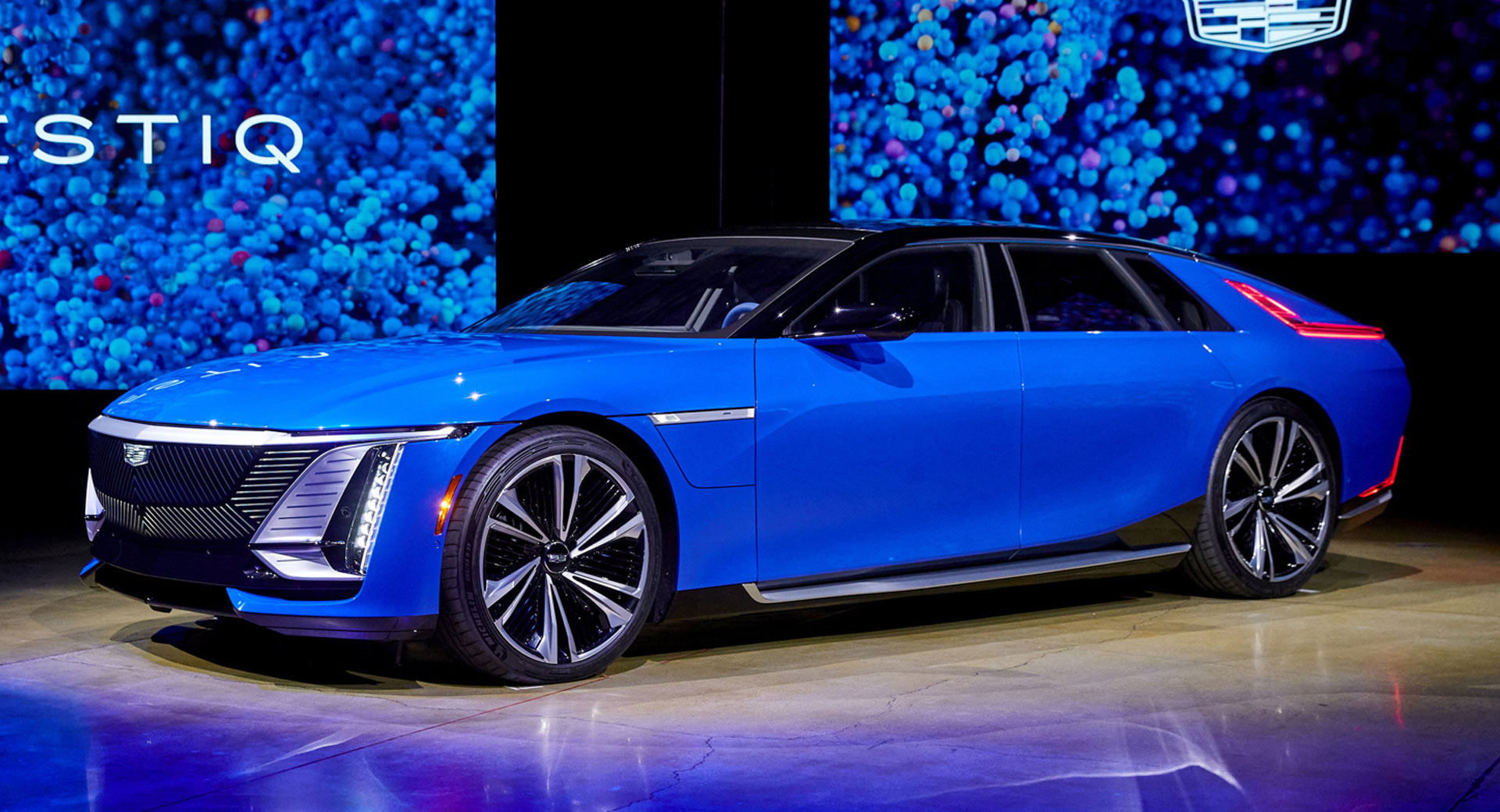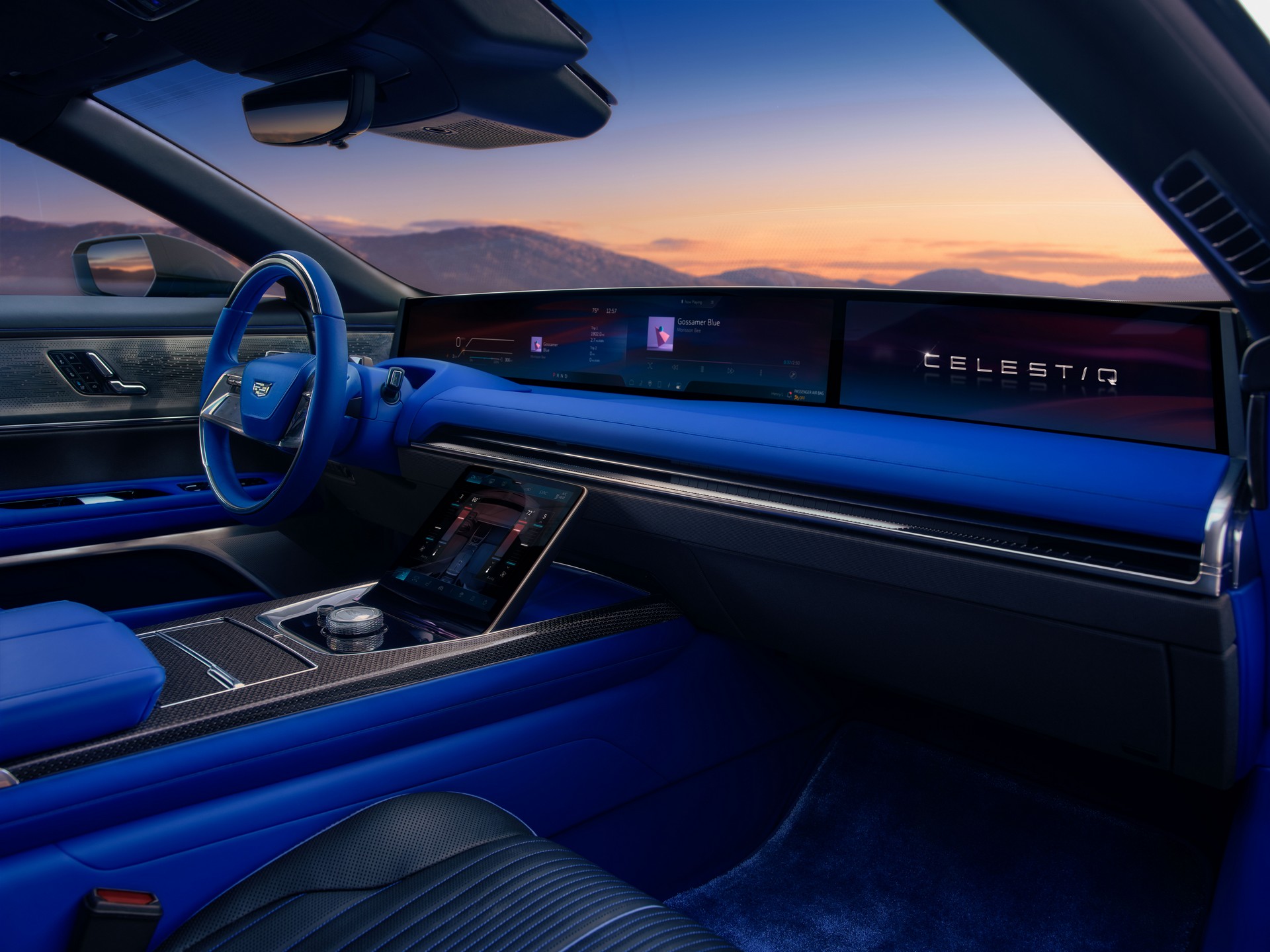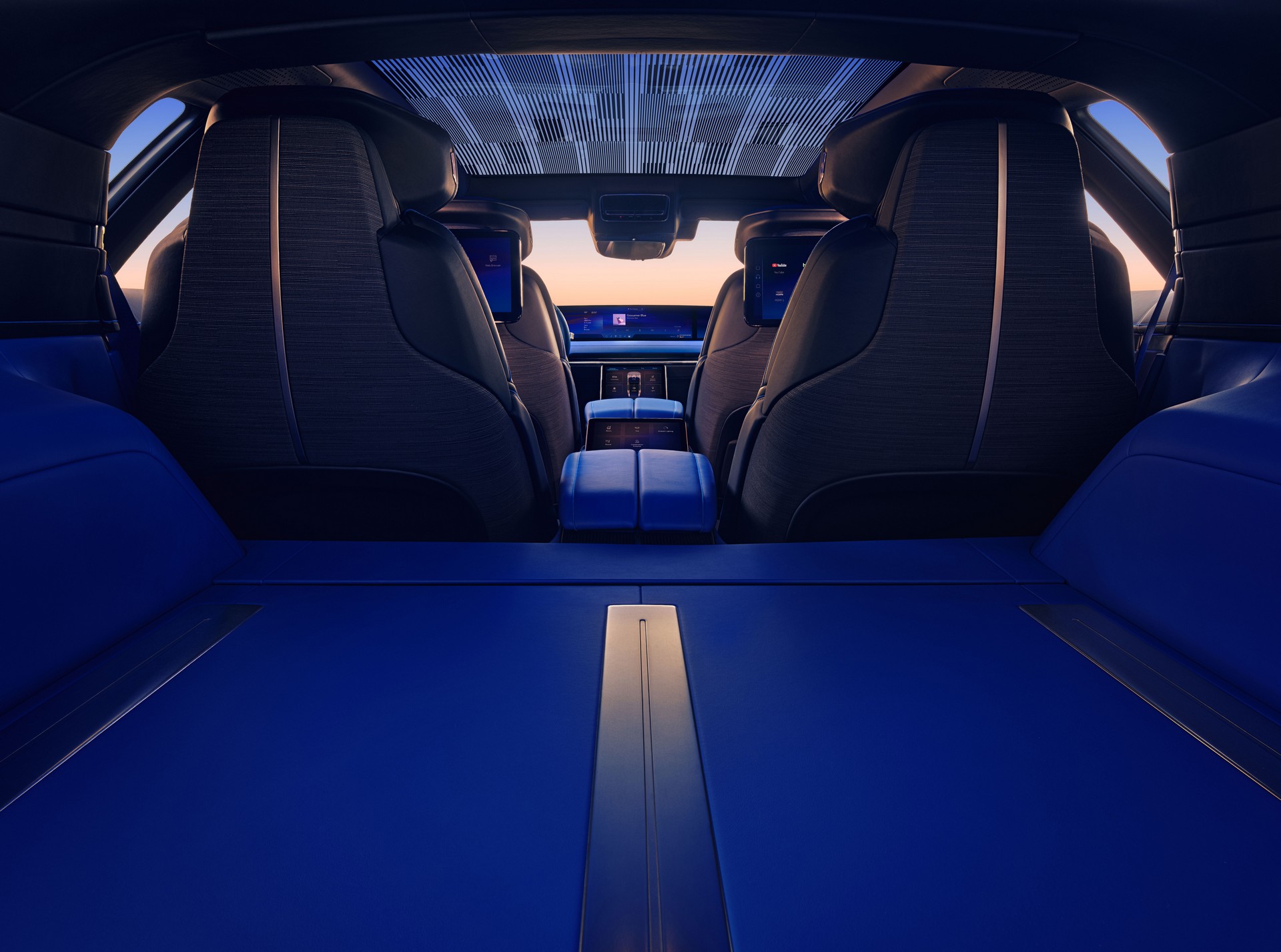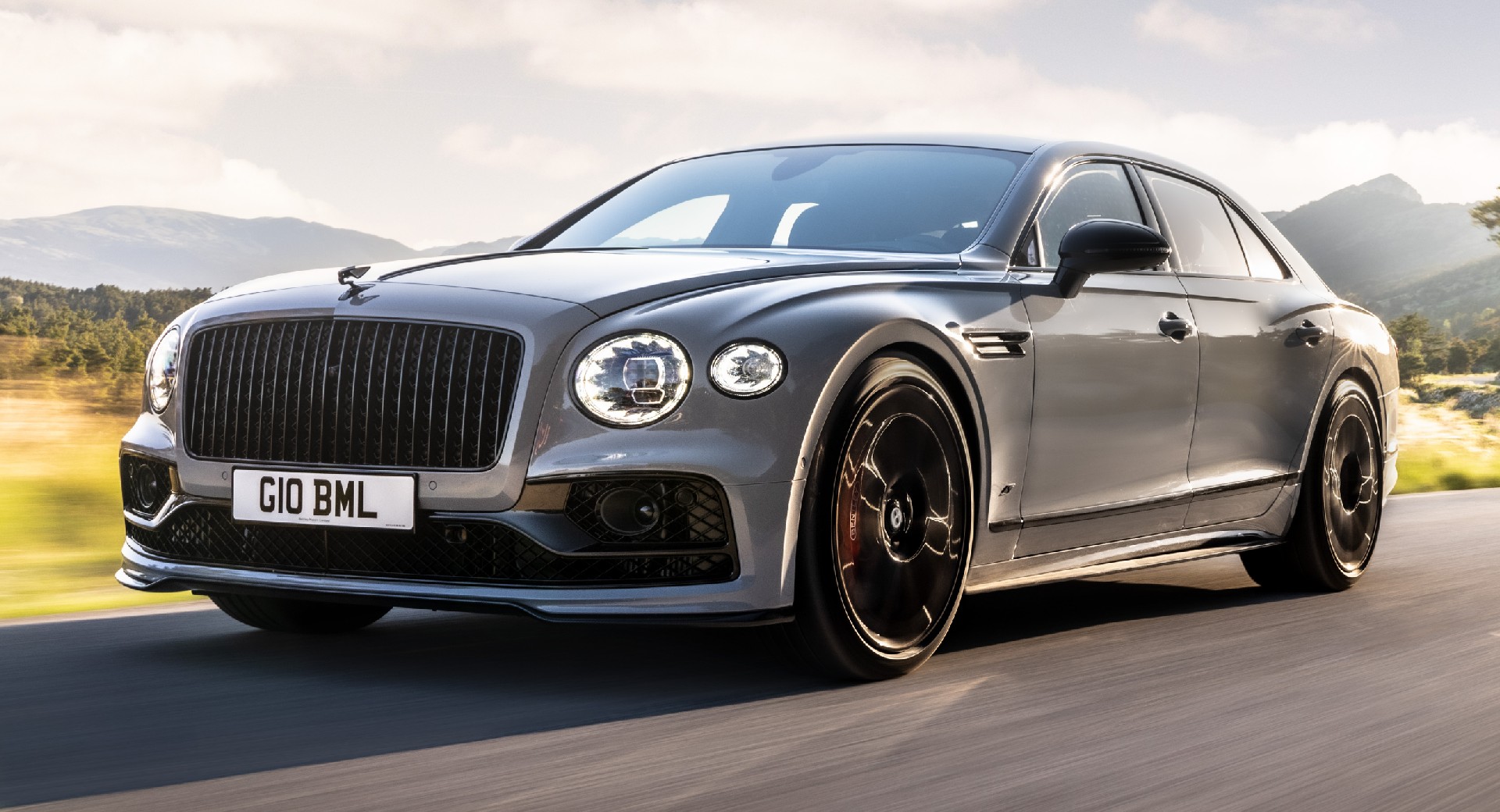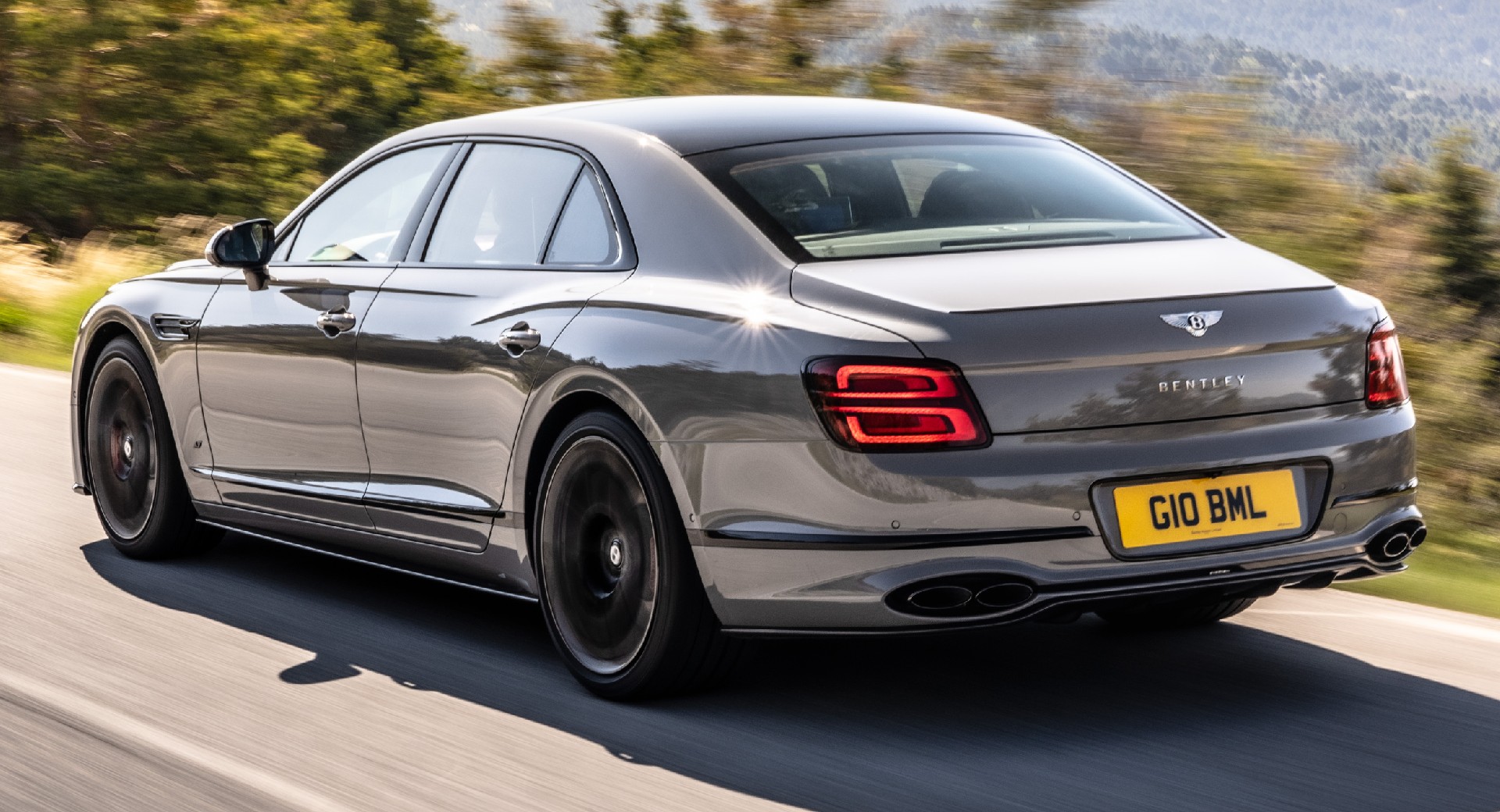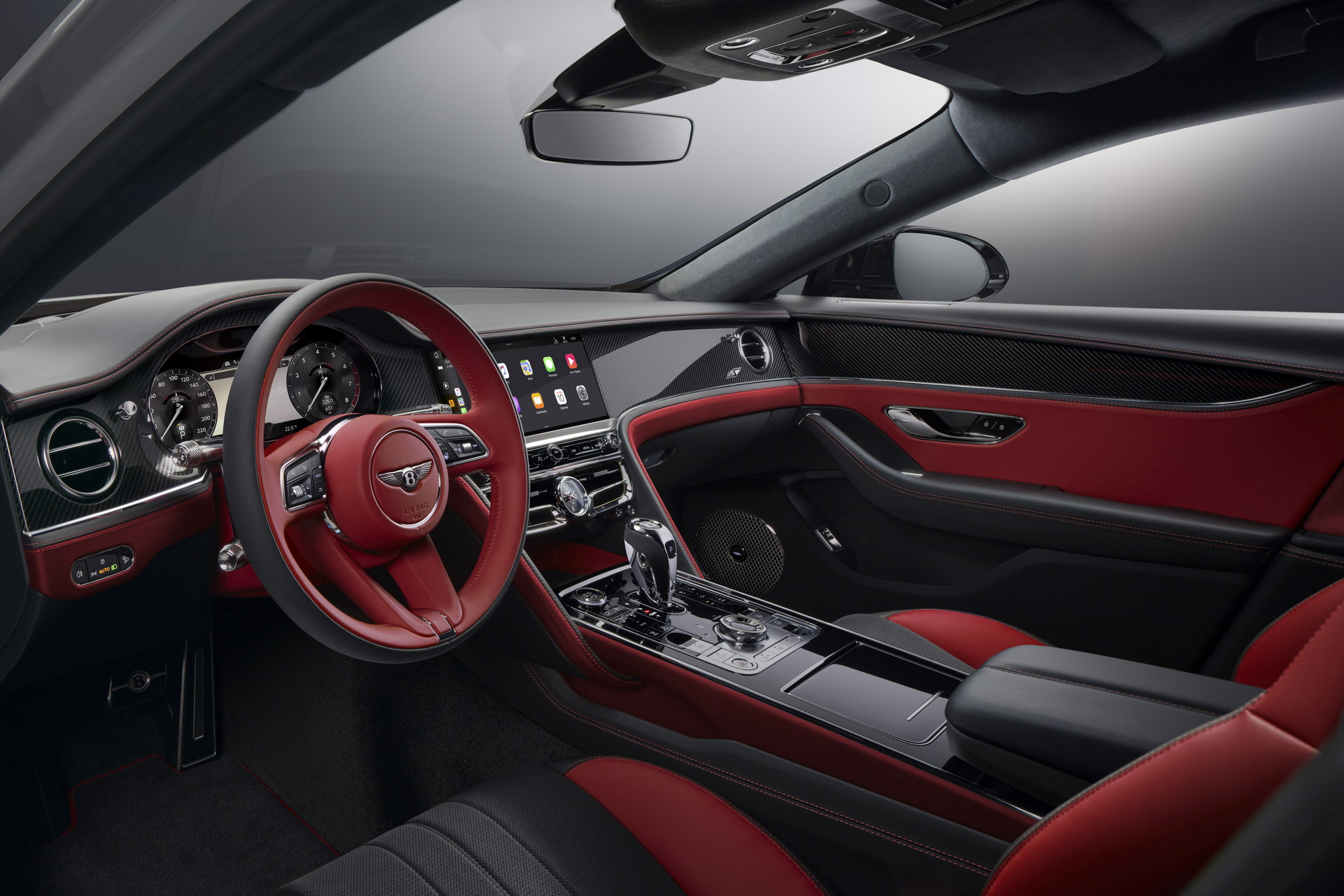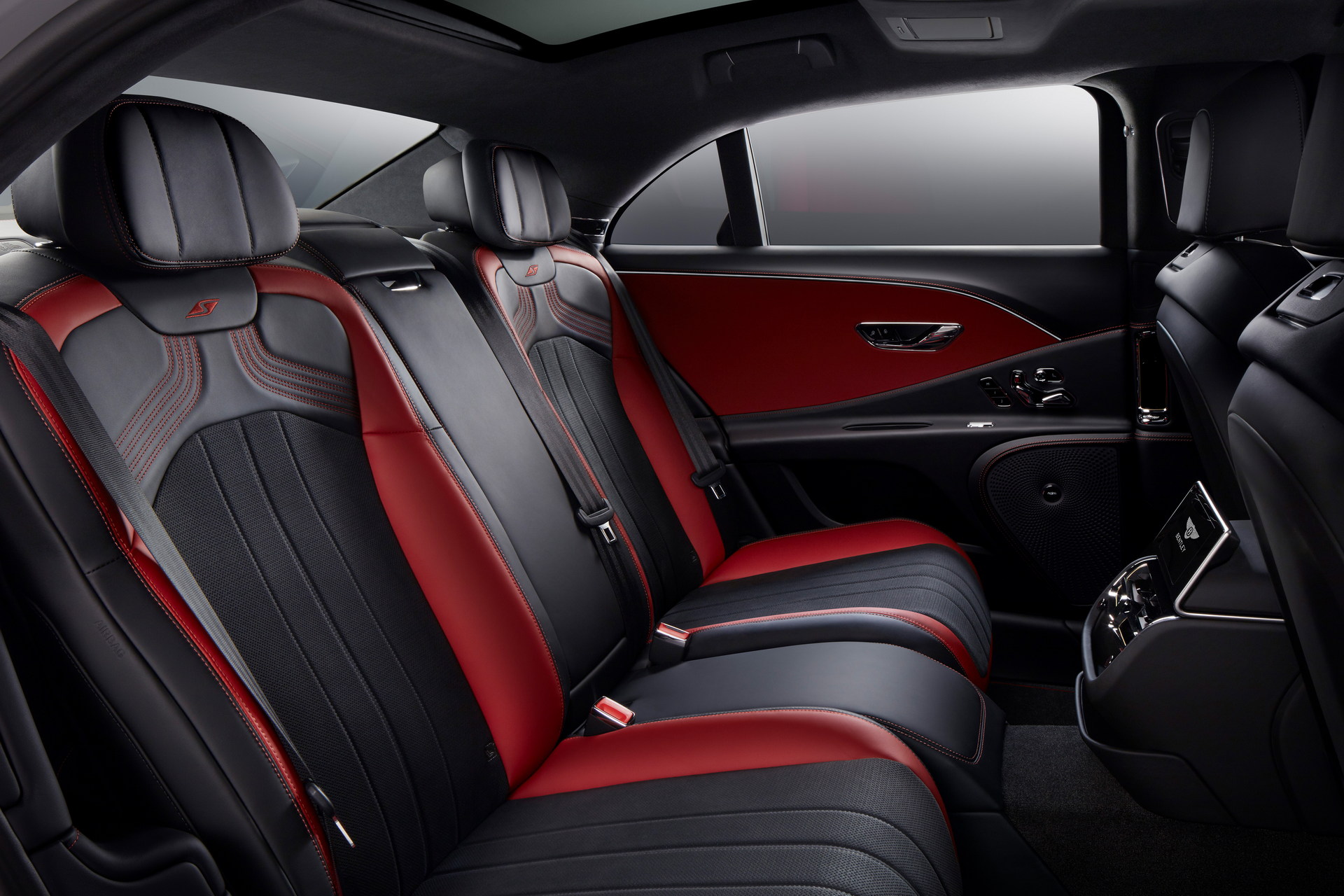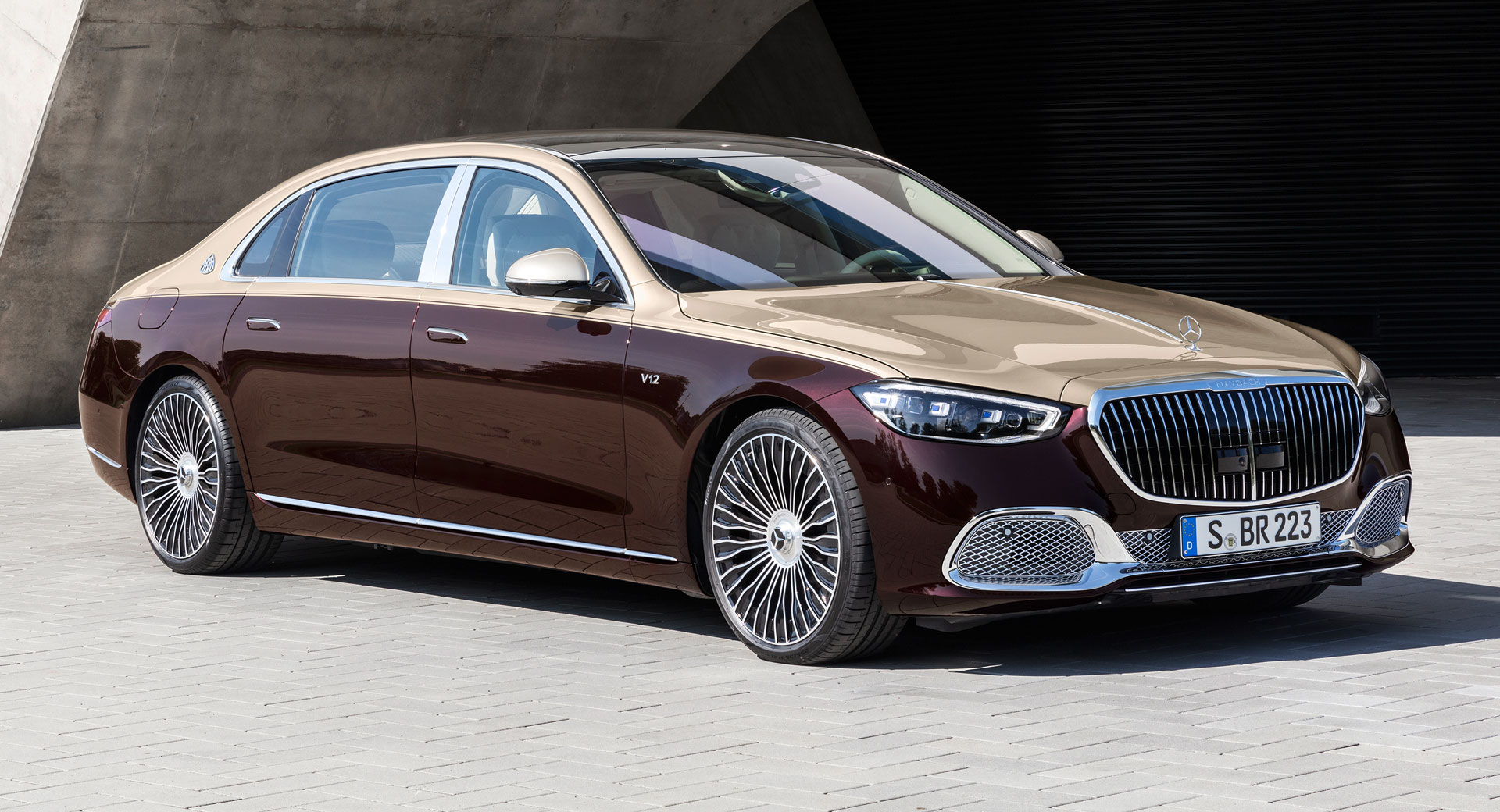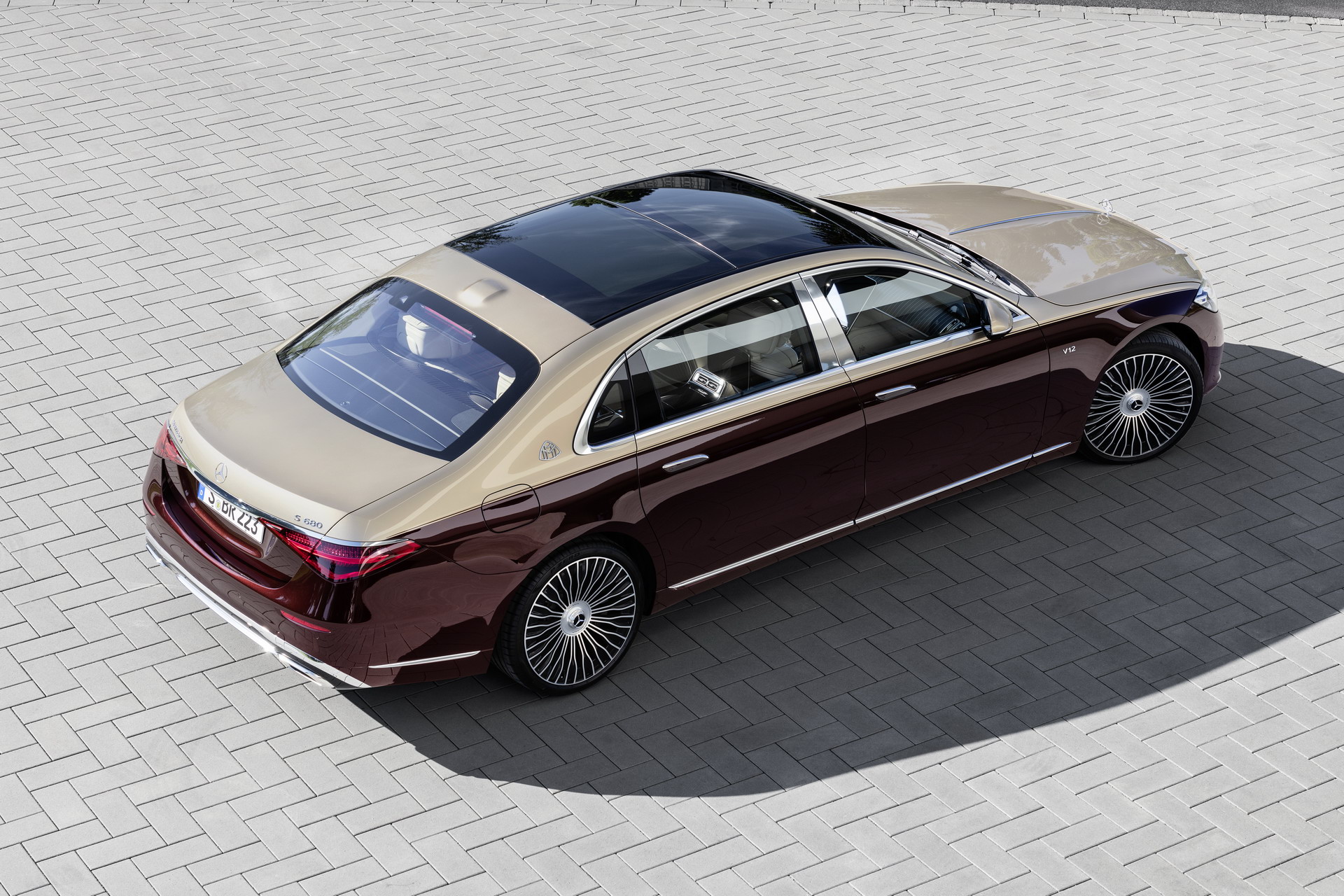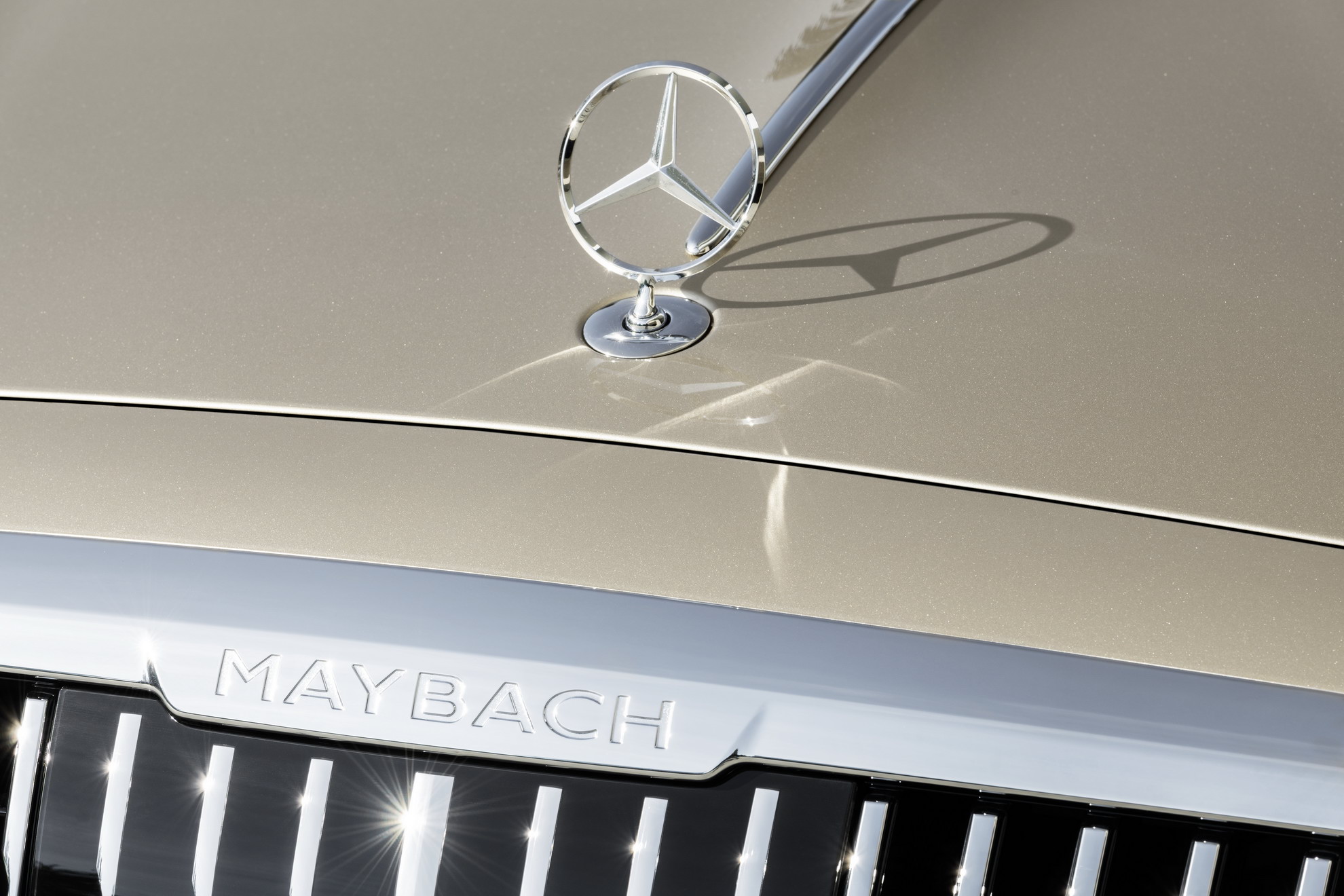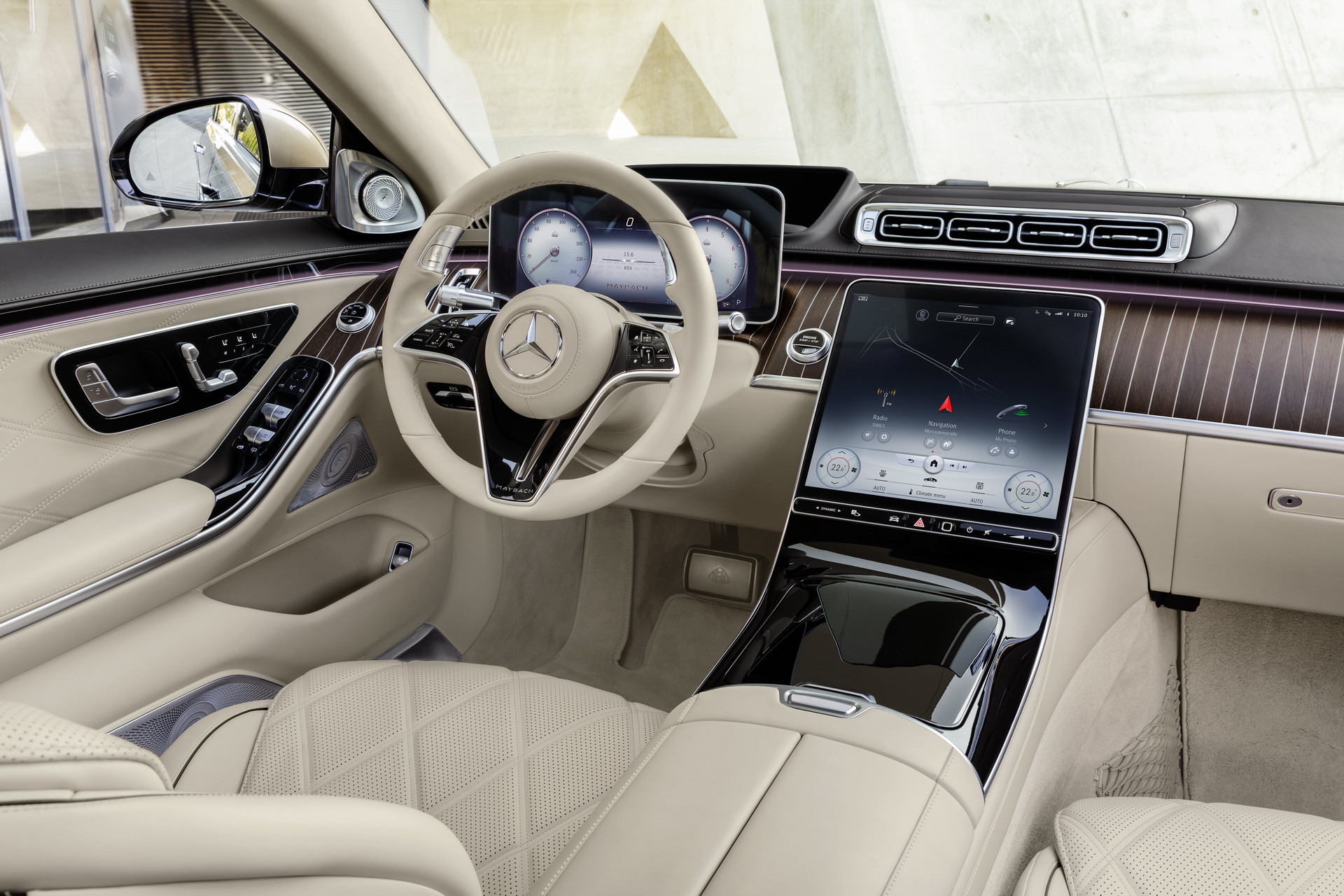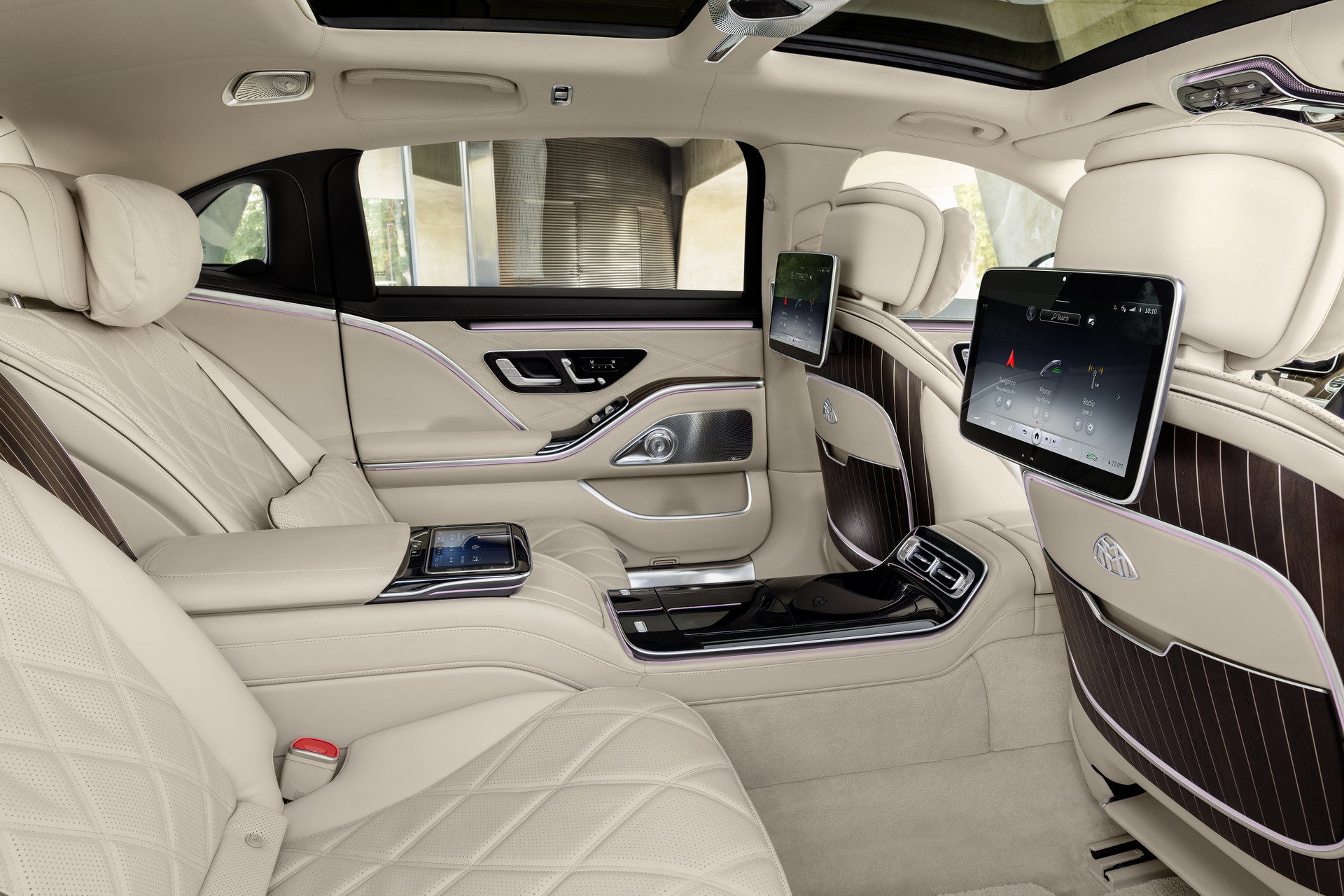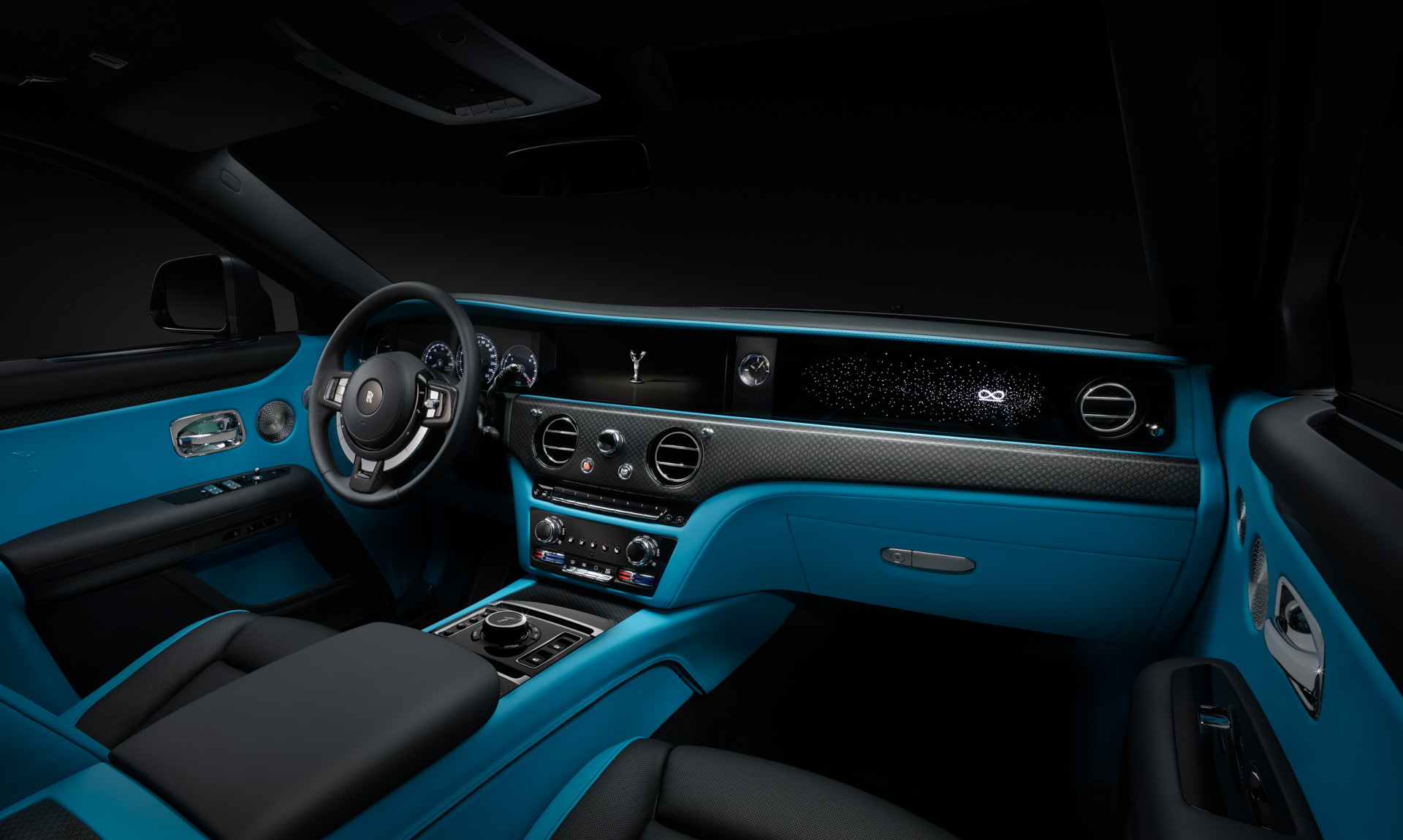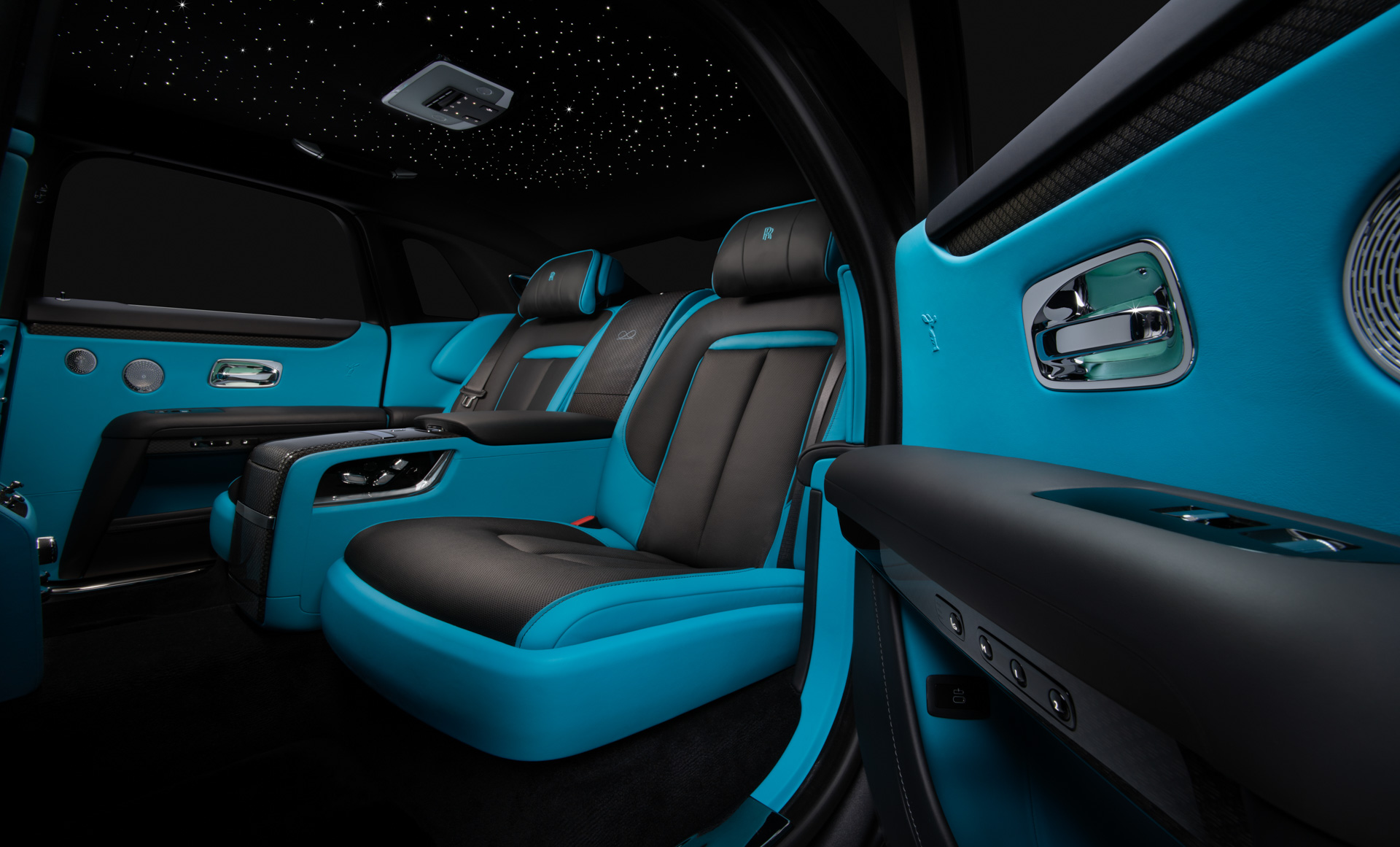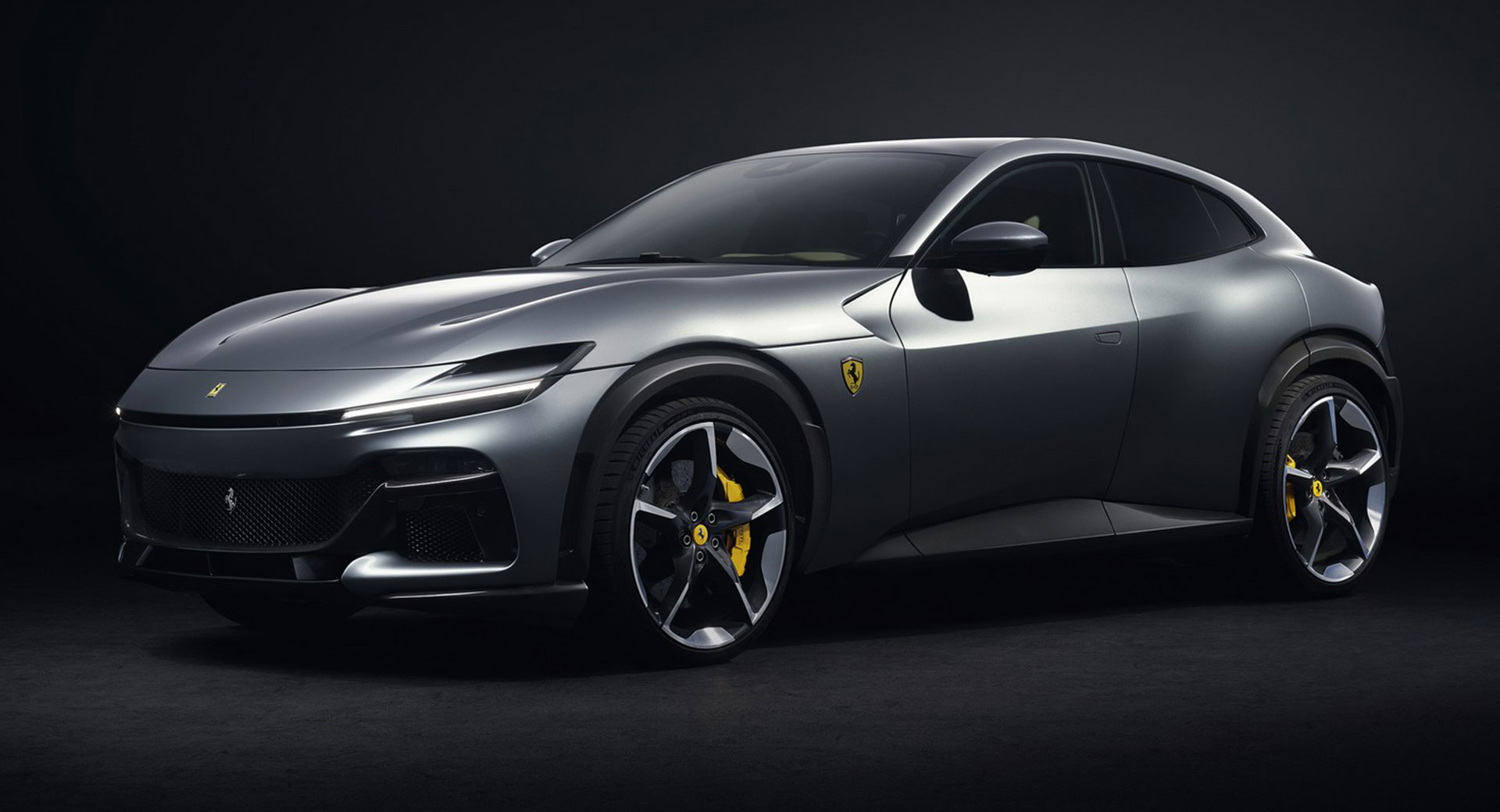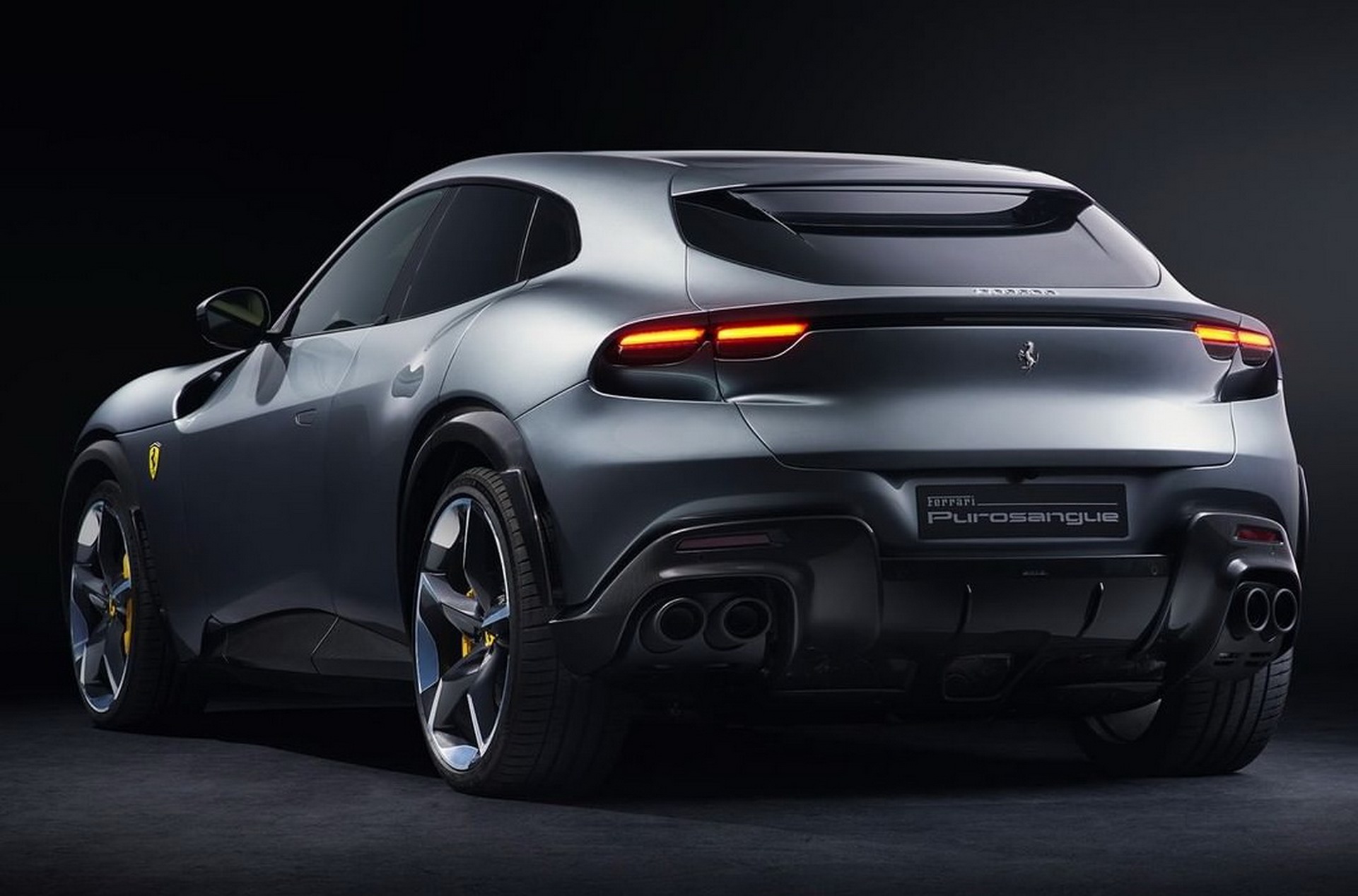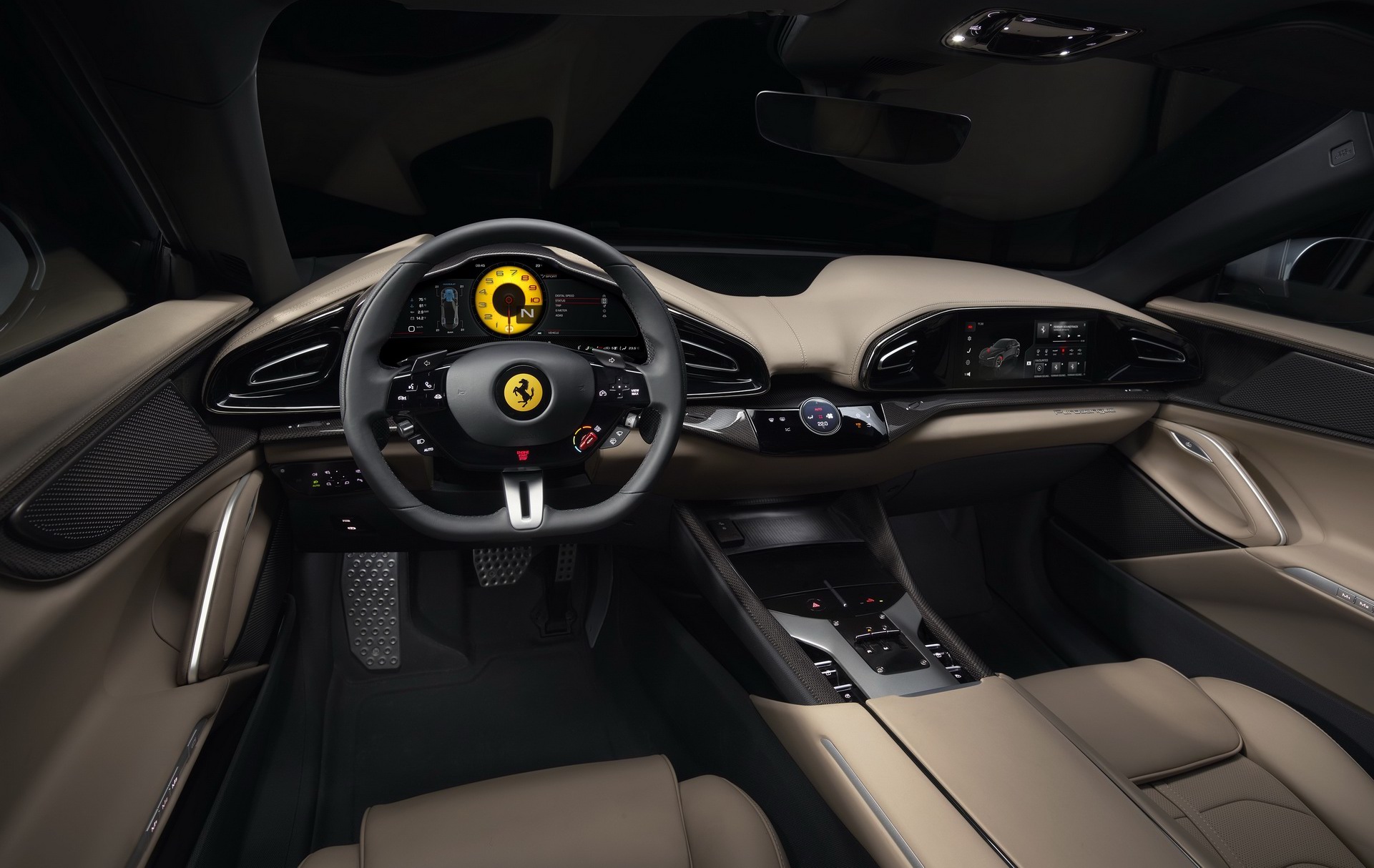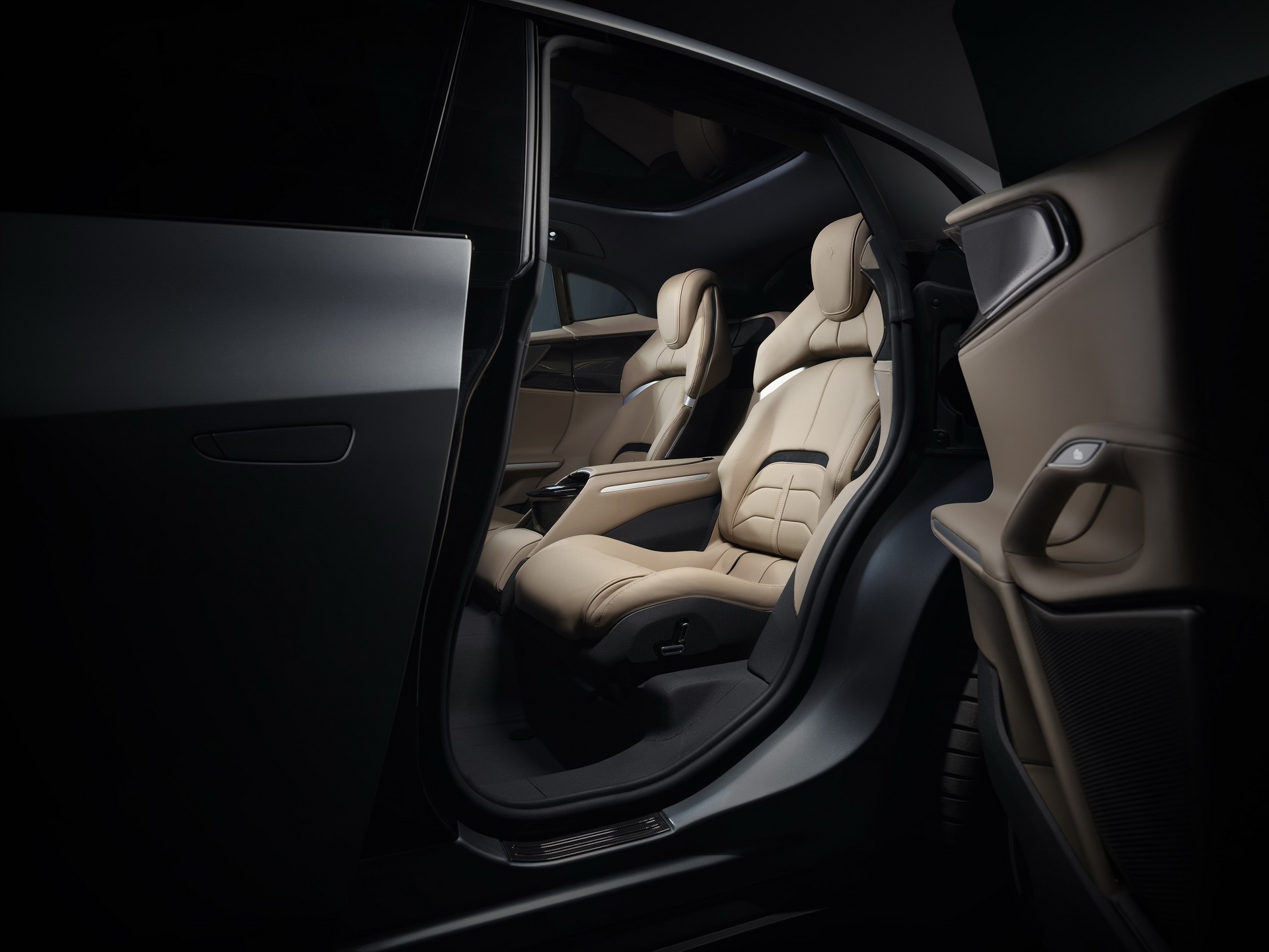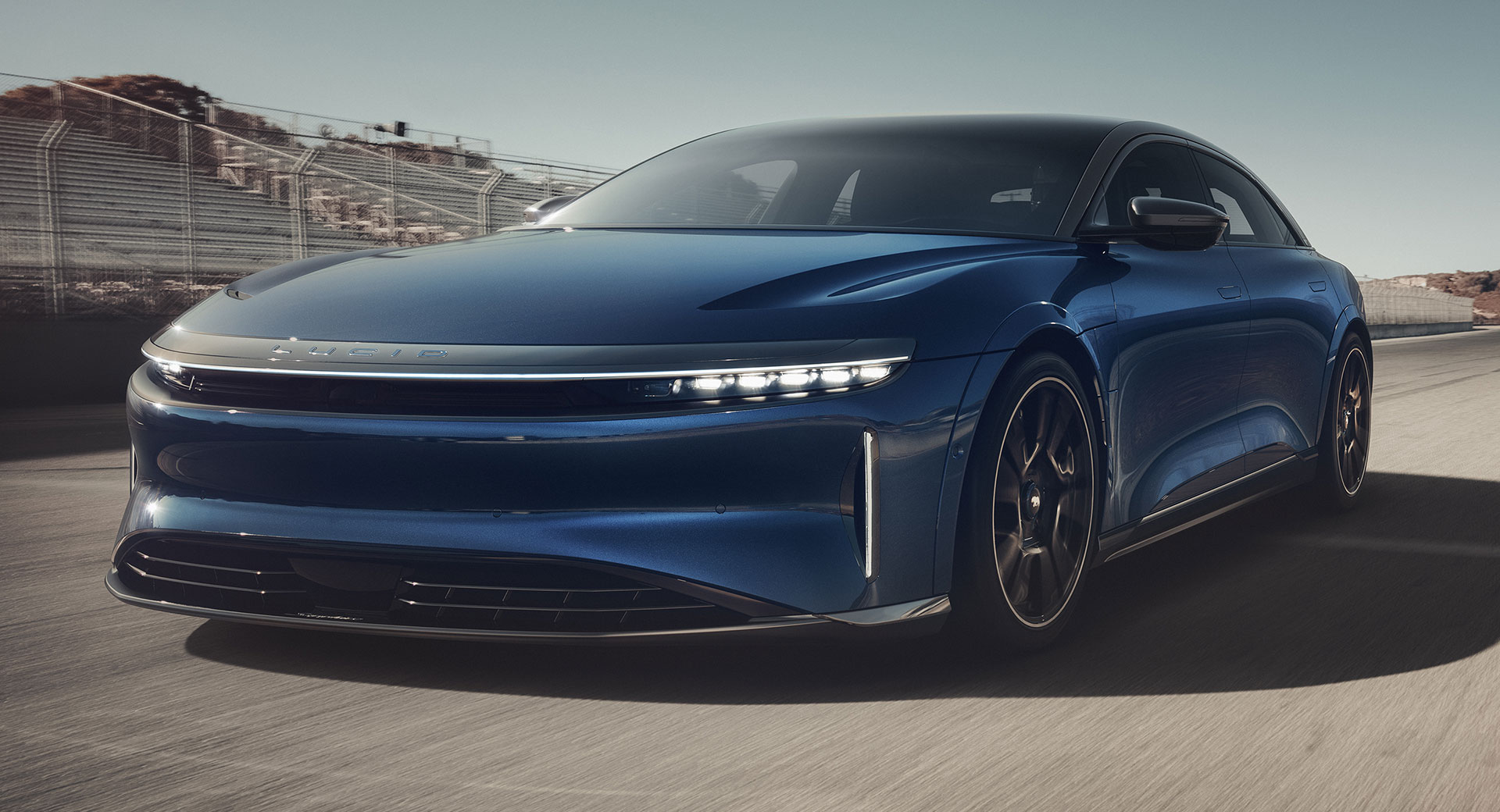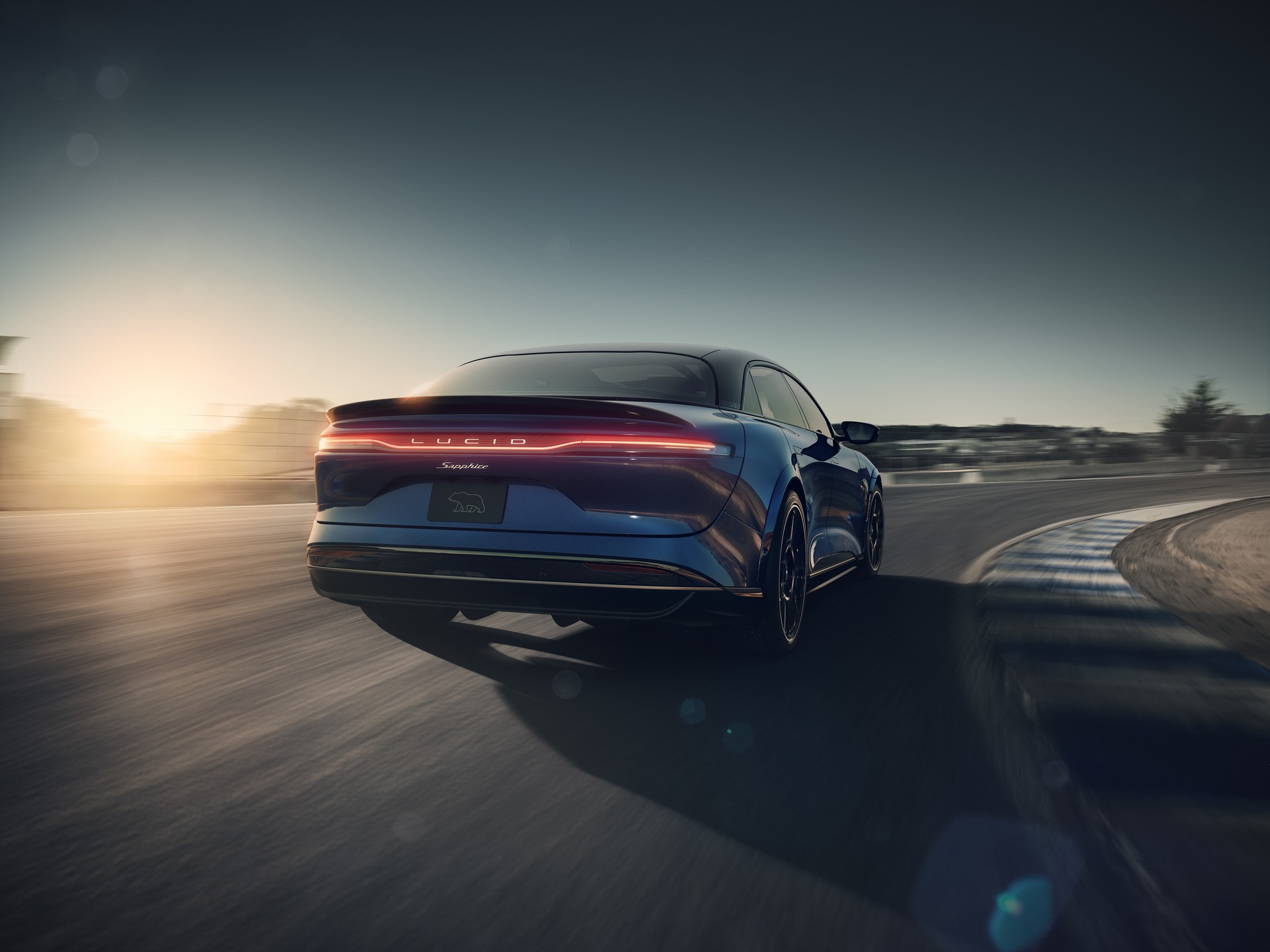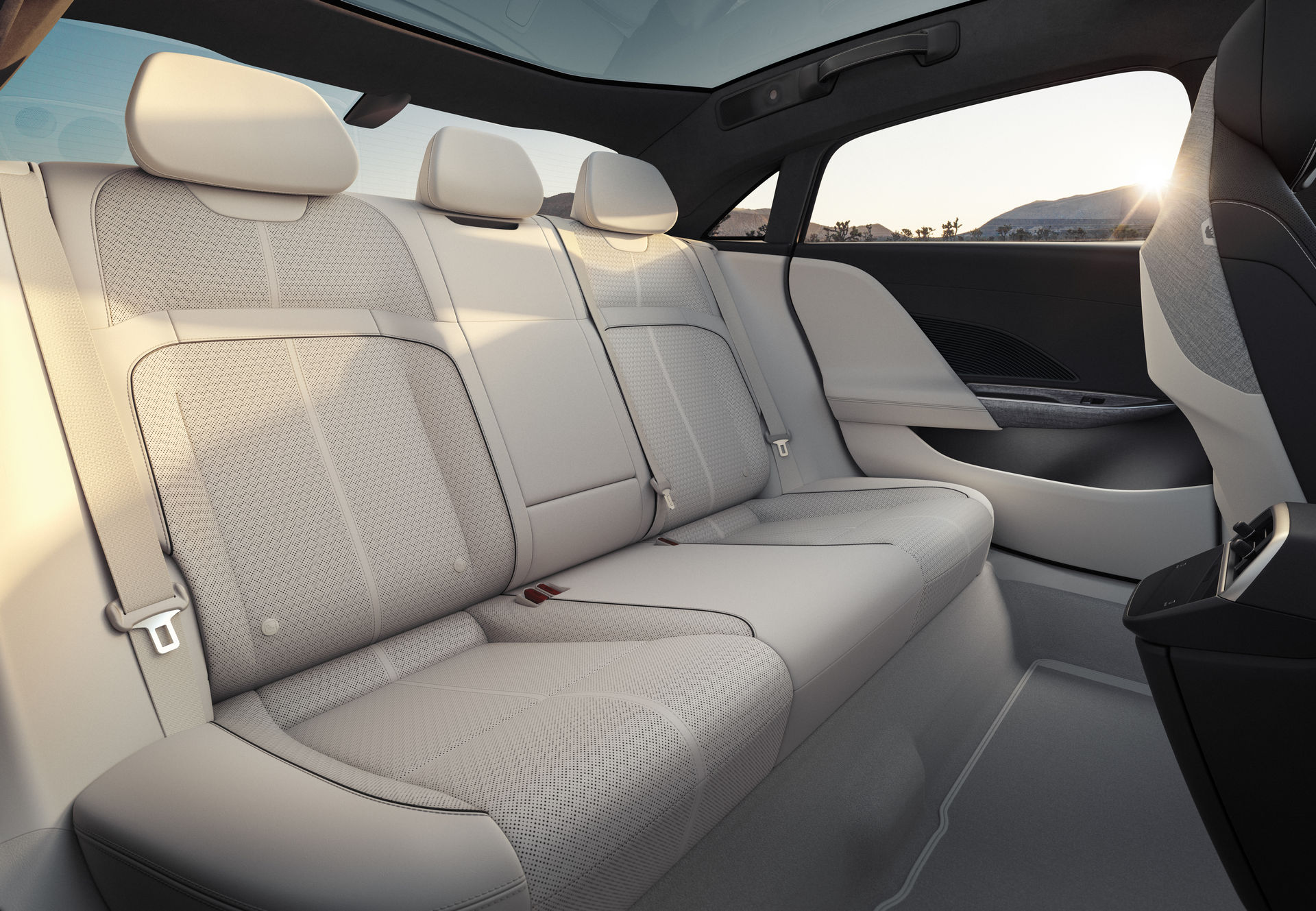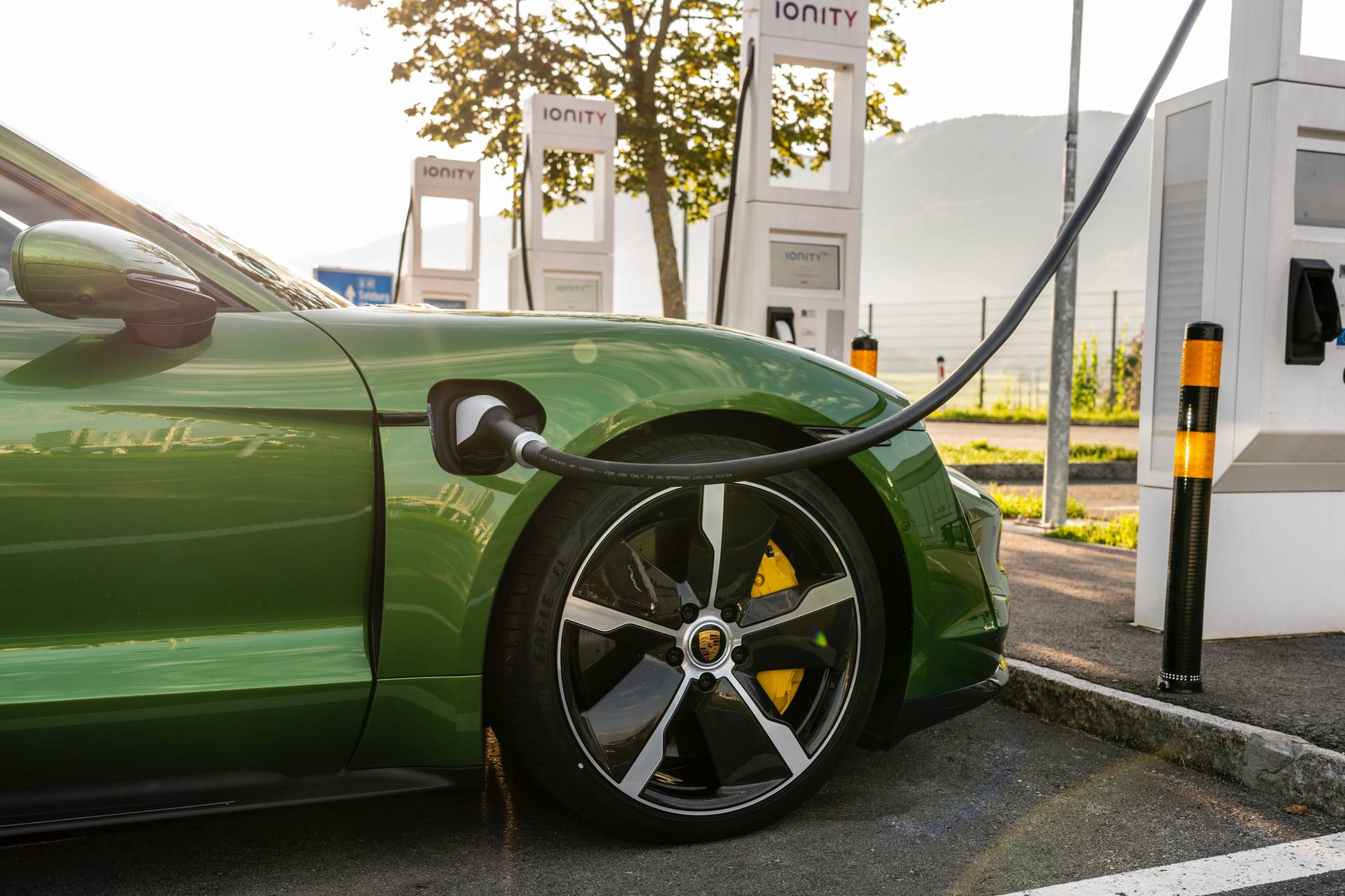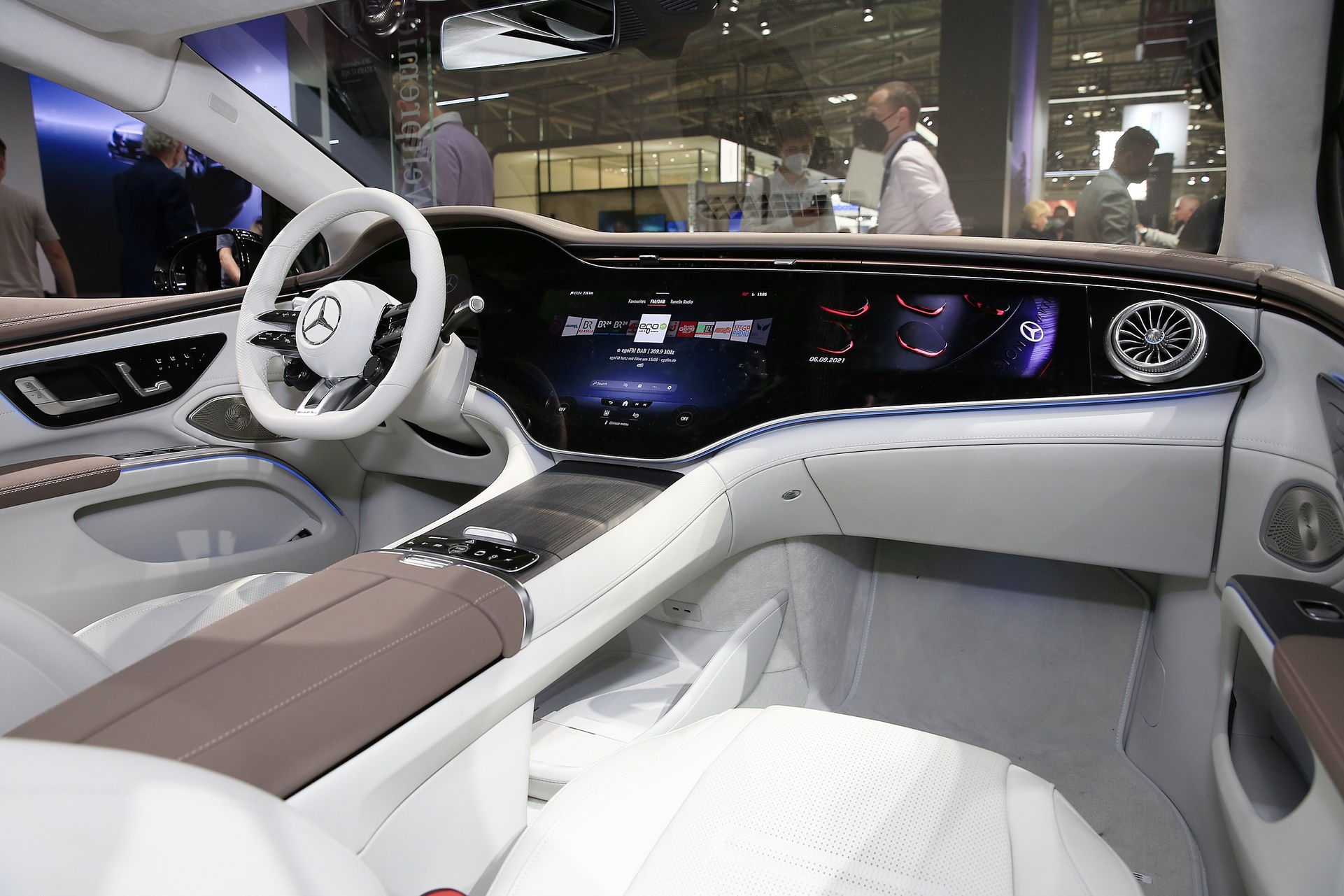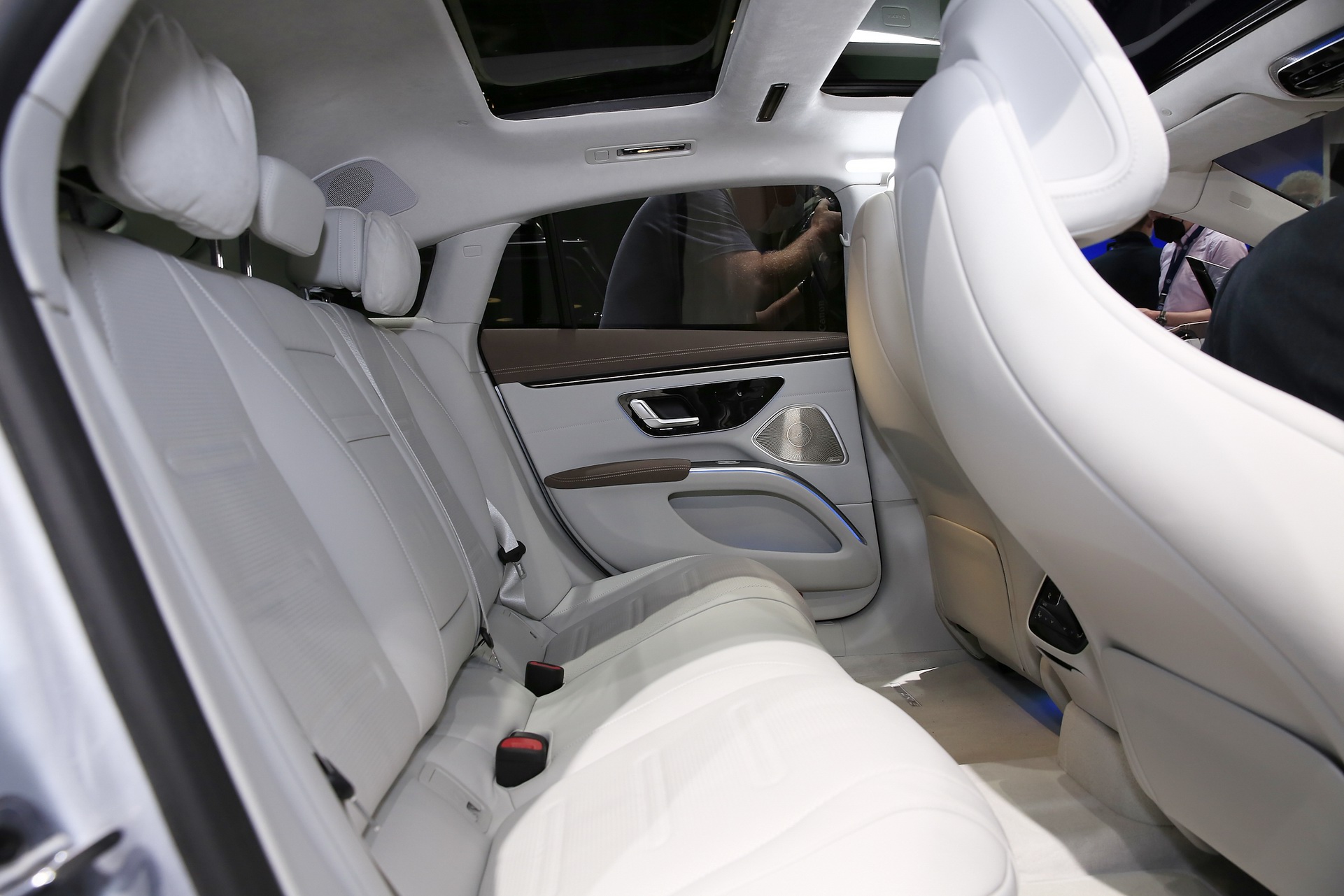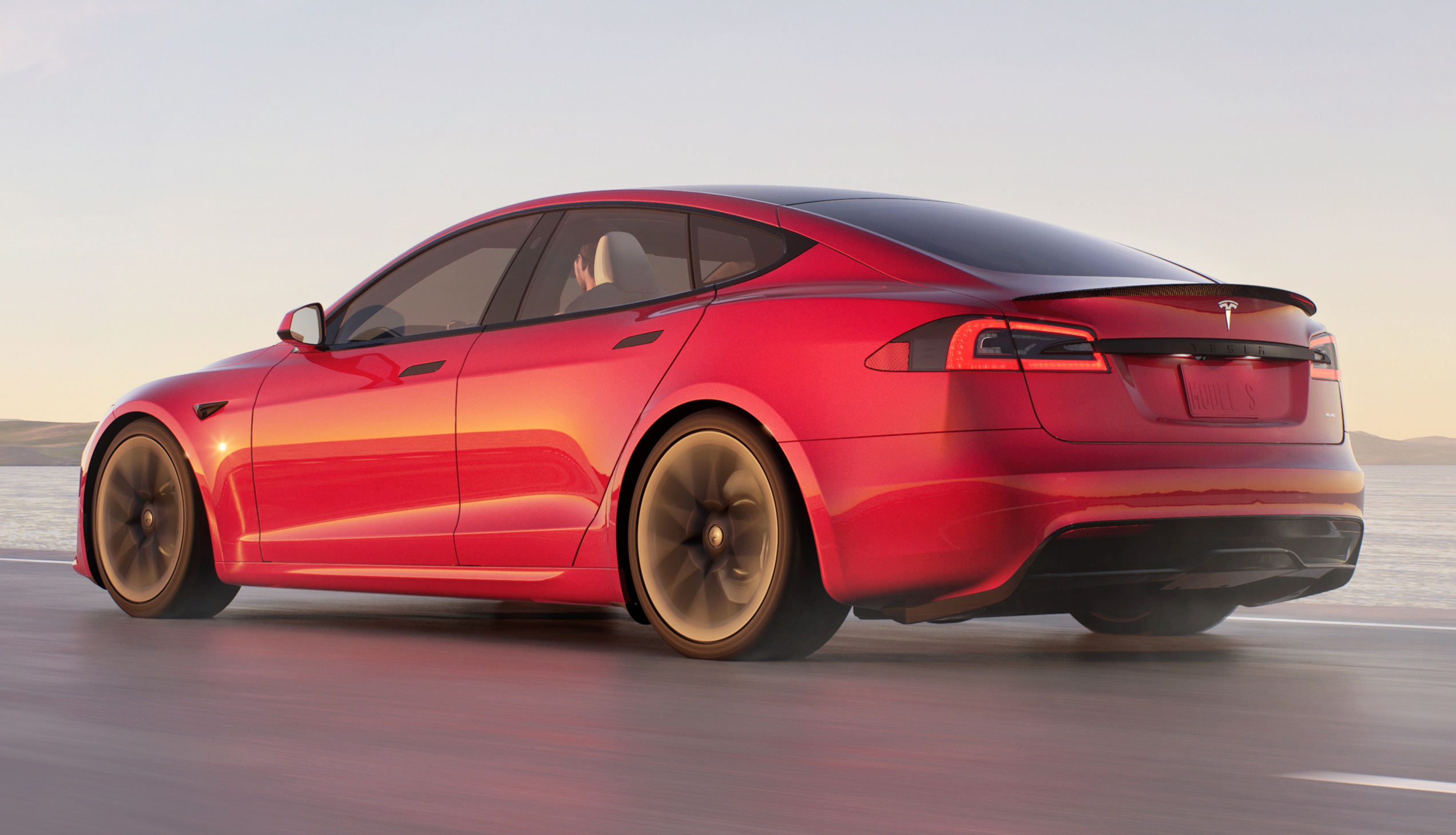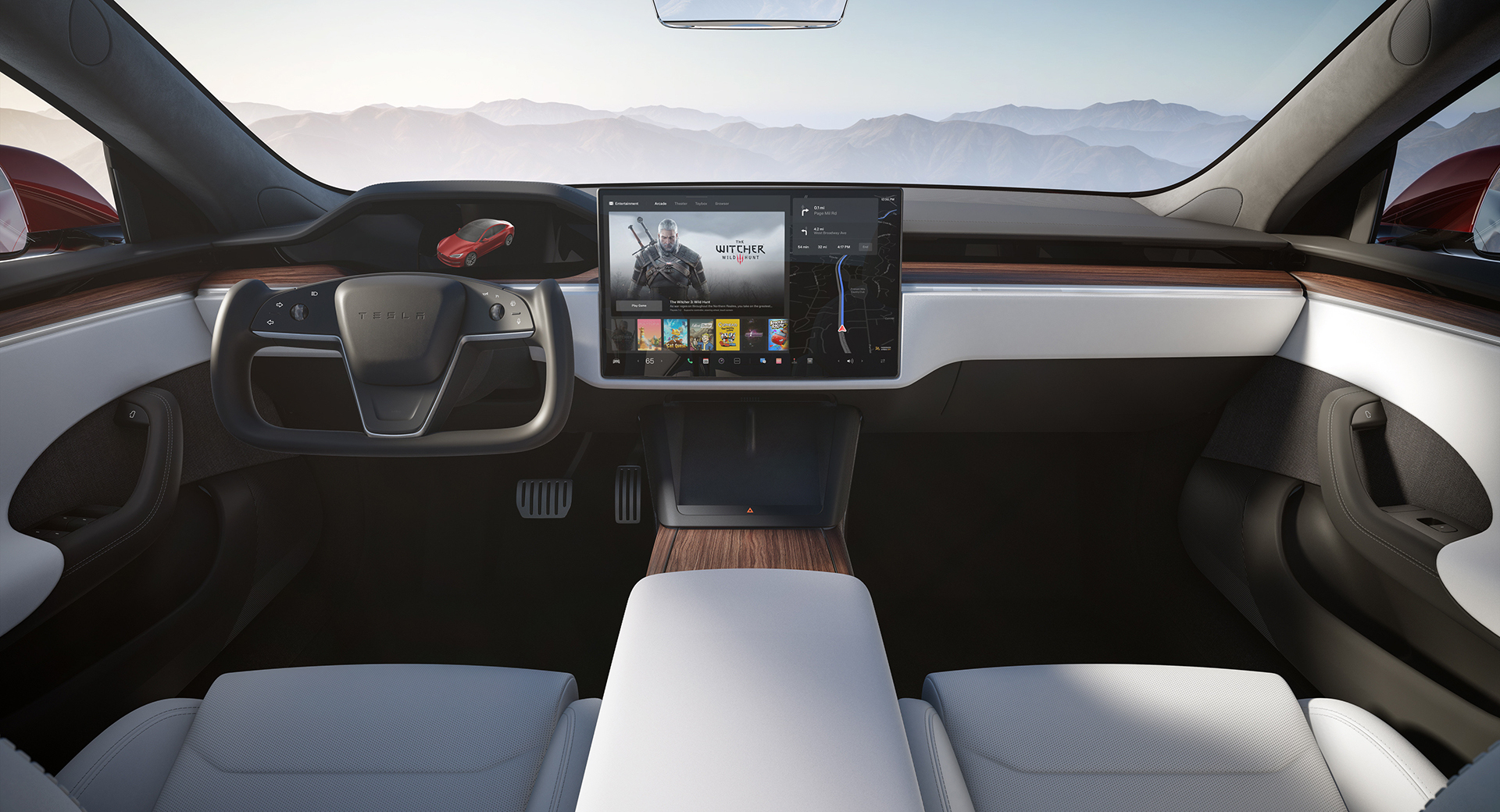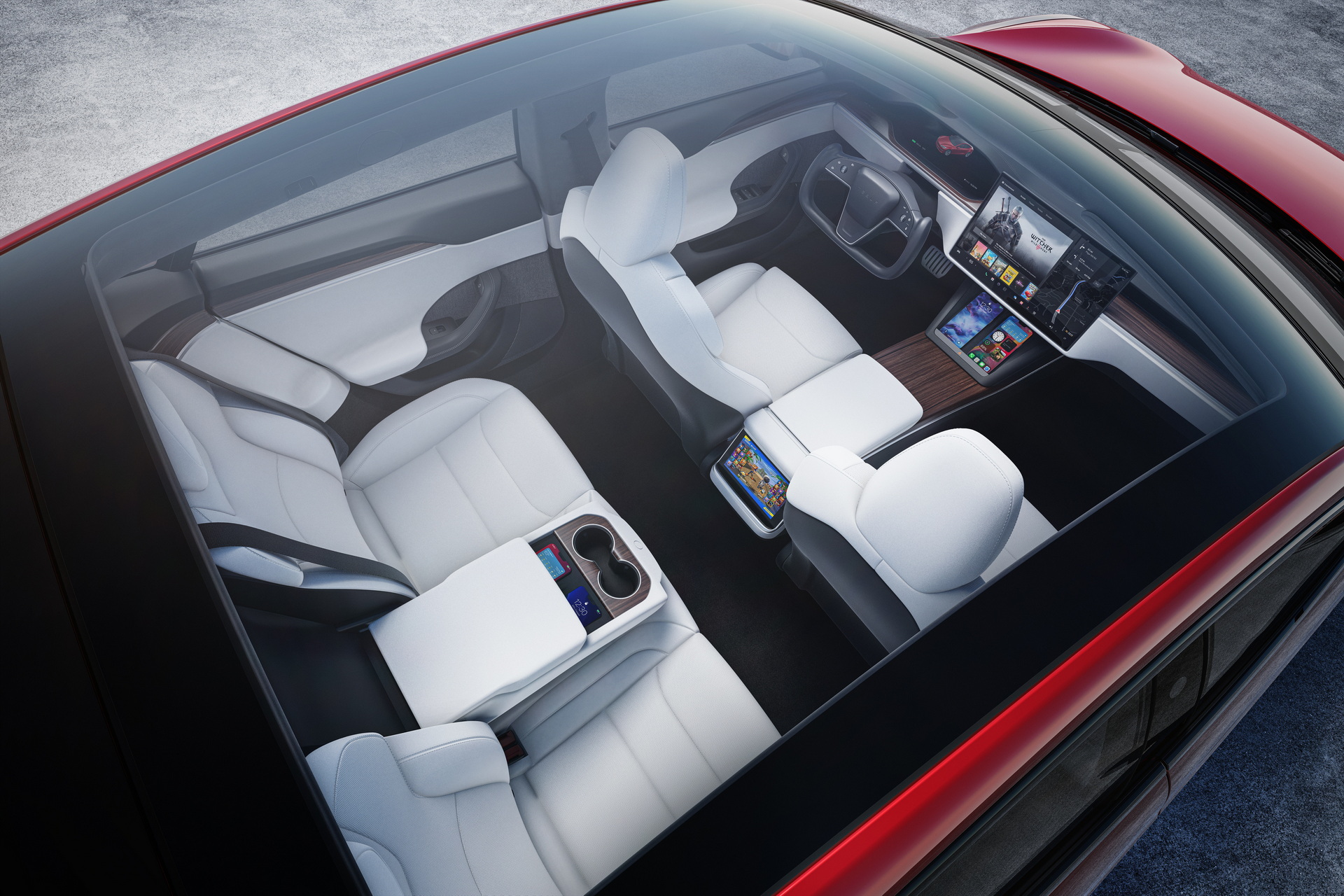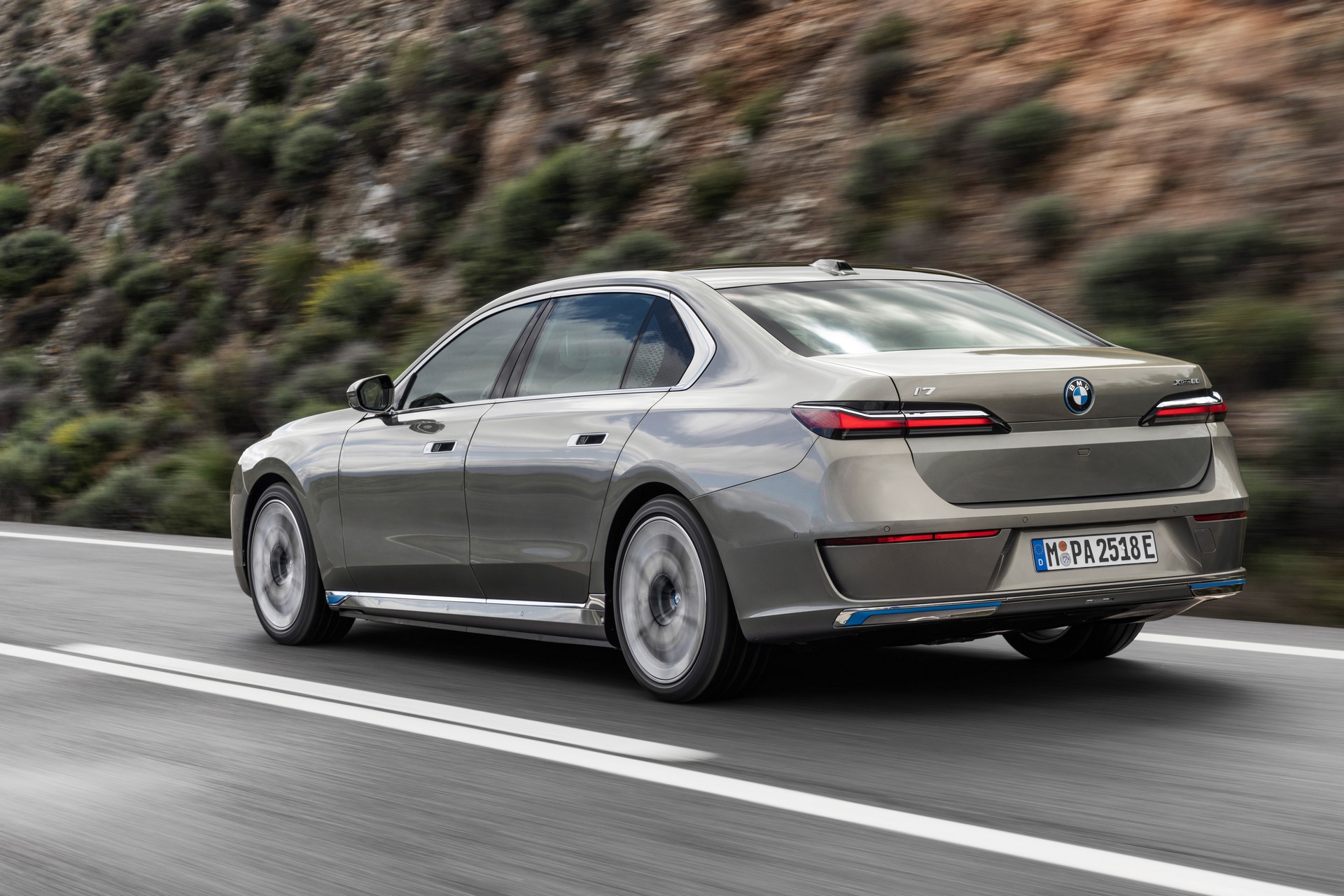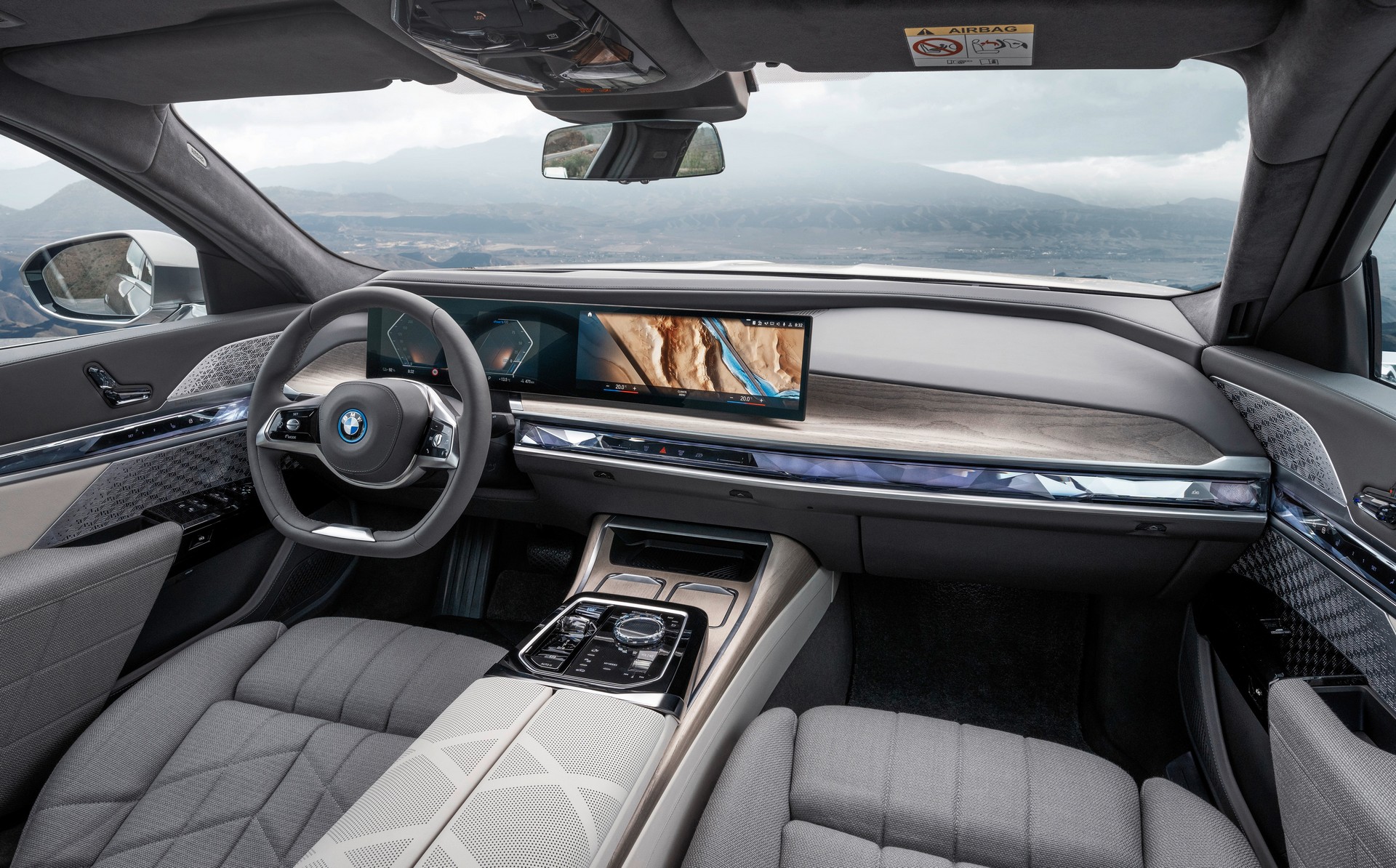Cadillac once claimed to be “standard of the world,” but with maybe the exception of the hot Blackwing models that’s hardly something you’d say about the re-bodied Chevy Camaros, Blazers and Suburbans Caddy has been selling in recent years.
But that was the old Cadillac. New Cadillac is embracing the electric age and using the seismic changes electrification is bringing to the car market and consumer buying habits to reinvent itself as a truly aspirational brand with some ambitious new cars.
The new Lyriq is one. A $62,900 electric SUV with a striking face and interesting ass, the Lyriq wants to tempt buyers away from big guns like the new Mercedes EQE SUV, but its Celestiq brother is aiming even higher. Like nose-bleed high, because a nose bleed is what you’d probably get if you stuffed the cash needed to buy a Celestiq into your mattress and then tried to climb up on top to sleep on it. Cadillac’s flagship costs a jaw-dropping $300,000.
Related: 2024 Cadillac Celestiq Flagship EV Debuts With 600 HP, 300 Miles Of Range And $300,000+ Price Tag
That huge price puts it into direct contention with some seriously grandiose names, including Bentley and Rolls Royce, neither of whom have their luxury credentials threatened by the appearance of $36,000 crossovers in their model lineups. Does the Celestiq have what it takes to justify that $300k price? Let’s take a look at the Caddy and then see what else you could get for the money.
Cadillac Celestiq: $300,000 (est)
A $300k liftback? That’s right, Cadillac really isn’t only trying to redefine itself, but the whole idea of what luxury transport should look like. While most millionaire-mobiles are SUVs or booted sedans, the Celestiq is a rakish fastback that looks a bit like the Audi A7, but is priced like four of ’em.
Built mostly by hand in tiny numbers at GM’s Warren Technical Center, the Celestiq rides on a clearly generous but undisclosed wheelbase and rolls on giant 23-inch wheels. It comes exclusively with dual motors and all-wheel drive, and is expected to deliver around 600 hp (608 PS), glide near-silently to 60 mph (96 km/h) in 3.8 seconds, and cover 300 miles (483 km) on a single charge of its Ultium batteries.
There are plenty of premium and luxury cars that will do the same or better for less cash, but Caddy is banking on buyers digging its rarity, bold design, lavishly finished four-seat interior and extensive personalization possibilities. That and the massive 55-in digital dashboard that spans the full width of the interior. Other trick technologies include a smart glass roof whose opacity can be tweaked for each passenger and GM’s Ultra Cruise autonomous driving system.
The Celestiq is a brave, distinctive car, and there’s nothing else in the class that offers the same blend of sedan layout, EV power and cabin wow factor at this price level. But if you’re prepared to sacrifice one or more of those features, there are plenty of alternatives.
Bentley Flying Spur: $204,000-309,000
Bentley doesn’t yet offer a full EV, but in the Flying Spur it does offer the kind of traditional luxury experience buyers are familiar with. Managing to look simultaneously stately and kind of sporty (in the right spec), the Flying Spur is built on the same platform as the Continental GT and GTC, and comes with the same choice of turbo V8 and W12 drivetrains with as much as 626 hp (635 PS) in the case of the Speed.
But unlike the Conti twins, whose hybrid variants are still in development, the Spur is already available as a PHEV. A fusion of 2.9-liter V6 gasoline power, an electric motor and a 15 kWh battery, it’s rated at 536 hp (543 PS), a poor 21 miles (34 km) of electric driving, and a 4.1-second 0-60 mph (0-96 km/h) time that puts it only a tick behind the V8.
Inside, the Bentley is as trad as it is on the outside, and many might like it just fine. There’s no fancy full-width digital dash, but if you tick the right option box the 12.3-in touchscreen can be rotated in the dash, which looks kind of cool. But the biggest factor in the Bentley’s favor is its price, which starts at least $100k below the Celestiq’s. The Brit won’t be as rare, or as green, but it still looks like a strong package if you’re not hellbent on owning an EV.
Mercedes-Maybach S 680 4Matic: $215,000 (est)
The circa-$215k Mercedes-Maybach S 680 might “only” be a posher S-Class, but when the donor sedan is as accomplished as the S, you know the result is going to have every traditional luxury base covered and then some. Maybach buyers enjoy 7.0 inches of extra wheelbase compared with a standard-length S-Class, the interior trim is even finer and buyers intent on spending most of their time in the second row (which applies to lots of buyers at this price level) can option electrically operated doors, folding tables and a refrigerator.
What they can’t option is an electric drivetrain. Merc hasn’t yet extended its EQ line to include the Maybach sub-brand so there’s no EV version, or even a hybrid, despite the S-Class being available as an S580e PHEV capable of an impressive 63 WLTP electric miles (101 km). But perhaps the Maybach’s available V12 will make up for it. The $185k Maybach S580 comes with a 496 hp (503 PS) V8 that’s probably adequate for shuttling CEOs between boardrooms, but who is spending $200k on a car wants to settle for adequate when they could be sloping along in an S680 powered by a silky-smooth 621 hp (630 PS) 6.0-liter V12?
Rolls-Royce Ghost: $344,000-400,000
There’s not a brand on the planet that signifies automotive luxury like Rolls-Royce. But it wasn’t always that way. Like Cadillac, Rolls-Royce was for many years living on past glories, fixing that famous Parthenon grille and Spirit of Ecstasy mascot to a bunch of cars that were hopelessly outclassed by more affordable rivals.
More: Does The Celestiq Really Move The Needle For Cadillac?
The BMW-developed Phantom introduced in 2003 changed all that, and the second generation Phantom remains arguably the most fantastical luxury sedan on earth. Thing is, it also costs the earth – over $470,000 before options – which makes its Ghost little brother a more direct rival for the Celestiq. The Ghost is smaller and more maneuverable, meaning you might actually want to drive it yourself. But it still delivers on the luxury front if you’d prefer to pass through those rear-hinged doors to take a back seat and let your chauffeur deal with the traffic.
Again, like the Maybach, there’s no hybrid or electric version available, though if you can live with two doors, the newly-announced $413,000 Spectre coupe hits the road in 2023. Electric power will come to the Ghost in time, but for now it comes down to a choice of two 6.7-liter V12s: the base car’s 563 hp (571 PS) unit or the 592 hp (600 PS) version in the sporty Black Badge.
Ferrari Purosangue: $400,000 (est)
Yes, it’s a crossover, not a sedan, and there’s a filthy V12 up front rather than an electric motor, but we’d be fools to think that someone considering spending upwards of $300k on a luxury four-seater wouldn’t consider Ferrari’s new Purosangue. The badge has blue-chip credibility and the athletic car-like design puts it closer in concept to the Celestiq than more overtly SUV-shaped rivals like the Rolls-Royce Cullinan, Bentley Bentayga, Aston Martin DBX or BMW’s electric XM (though we don’t doubt Caddy buyers might also consider those too).
The 715 hp (725 PS) V12 delivers suitably Ferrari performance, but the rear-hinged doors, 118.8-in (3,018 mm) wheelbase and individual rear seats show that this is the first ever Ferrari where as much thought has gone into the passengers’ experience as the driver’s. Reasons not to buy one over the Cadillac include the $400k price and the fact if you didn’t register interest with your dealer two years ago you’ve got almost no chance of being allocated one.
We think that pretty much covers off the old-money luxury brands Cadillac would love to steal sales from. And the one striking takeaway is that none of them is yet available as an EV, which must surely work in the Celestiq’s favor. But step down a little in price and there’s no shortage of electric luxury sedans ready to claim they can deliver a similar experience to the Cadillac for as little as half the cost.
Lucid Air: $87,000-249,000
Cadillac isn’t only competing with legacy luxury brands these days. The switch to EVs has brought an influx of new rivals and made buyers receptive to unfamiliar names, like Lucid Motors. The California-built Lucid Air’s styling looks fairly pedestrian, both inside and out next to the Celestiq, but there’s nothing pedestrian about its performance. The new $250k Sapphire range-topper has three motors, more than 1,200 hp (1,217 PS) and can rocket to 60 mph in less than 2 seconds.
That makes the Sapphire twice as powerful as the Cadillac, while less powerful Airs can travel almost two times as far as the Celestiq on a charge, covering 520 miles (837 km) before needing a top-up.
Rear passengers enjoy a large panoramic roof and plenty of legroom, but anyone wanting a Cadillac-style luxury experience in the second row will want the optional Executive Rear Seating pack with its electric reclining function, not the disappointingly dull bench configuration shown here.
Porsche Taycan: $88,000-189,000
The Porsche Taycan is more four-door sports car than luxury sedan, the kind of car you’re going to want to drive, rather than be driven in. But its strong brand image, distinctive styling and electric powertrain means it’ll certainly appear on a Celestiq buyer’s radar, if more towards the outer edges of the scope.
For the $300k the Caddy costs you can afford to head right to the top of the Taycan range where you’ll find the $189k Turbo S. That nets you a dual-motor, all-wheel drive setup that deploys up to 750 hp (761 PS) to the ground to get the hottest electric Porsche to 60 mph (96 km/h) in 2.6 seconds, while the 278-mile (447 km) electric range isn’t far off Caddy’s claimed 300.
Mercedes-AMG EQS: $104,000-152,000
As we mentioned earlier in the S680 section, there’s no Maybach version of the EQS and no electric version of the Maybach S-Class. But potential Celestiq buyers might want to take a look at the next best thing, the Mercedes-AMG EQS53 sedan.
It’s a fastback, like the Cadillac, but the AMG’s styling is far less interesting. Which, depending on what you think of the Celestiq’s styling and your difficulty trying not to picture the 6000 SUX from Paul Verhoeven’s Robocop every time you see it, might be a good thing.
The EQS is less boring inside, especially if you specify the optional triple-display Hyperscreen dashboard, and it will smoke the Cadillac in a drag race, though not the Porsche: the 53’s dual-motor powertrain creates up to 751 hp (761 PS) on overboost, just like the Taycan’s, but the AMG needs a middling 3.4 seconds to hit 60 mph (Caddy: 3.8; Porsche: 2.6!).
Tesla Model S: $105,000-136,000
The Tesla Model S, the car that kick-started the entire luxury EV movement, is now more than a decade old and being attacked on all sides. The blandly handsome styling hasn’t dated too badly, but if its exclusivity you’re after, you better shop elsewhere: the Model S’s 10 years on the market means they’re on almost every city street.
More: Here’s How A 2025 Cadillac Celestiq-V Might Look
But Tesla’s constant tinkering means the latest cars are far better than the first. They’re better equipped, if still slightly sterile inside, better put together and faster. The flagship Plaid puts out 1,020 hp (1,034 PS), does up to 396 miles (637 km) on a charge and reaches 60 mph in less than 2 seconds. Plus you have the benefit of Tesla’s expansive charging network at your disposal, whichever Model S you go for (though Tesla has now opened it up to drivers of other makes, too).
BMW i7 xDrive60: $119,000
Judged purely on price, BMW’s electric 7-Series looks like it’s wandered into the wrong comparison feature. You could buy two i7s and have change left over for an i4 for the $300k Cadillac charges for the Celestiq.
And despite its shocking new face, the i7 xDrive60 isn’t as visually arresting as Cadillac’s electric sedan, and won’t be as exclusive. Because it looks little different to the regular 7-Series there’ll soon be tons of similar cars floating around every city. Probably not something you’ll be able to say for the Celestiq.
But for buyers who prefer their luxury in a discrete wrapper, the i7 has plenty to offer and is a clearer luxury rival than any of the other EVs we’ve covered so far. Although the interior looks plain by Flying Spur and Celestiq standards, it does have BMW’s new combined instrument panel and touchscreen, an incredible 31-inch rear fold-down media screen, and its adaptive air suspension should deliver a suitably plush ride.
The $119k i7 xDrive60 serves up a combined 536 hp (545 PS) from its two electric motors for a 4.7-second 0-62 mph (0-100 km/h) time, while a 102 kWh battery provides a WLTP range of up to 388 miles (624 km). But we’d probably wait for next summer’s i7 M70 with its 597 hp (605 PS) powertrain and more imposing visuals.
Do you think Cadillac has a chance selling a $300k luxury car against the likes of Bentley and Rolls Royce? And is the Celestiq worth twice as much as a Lucid Air or nearly three times as much as a new BMW i7? Leave a comment and let us know.




